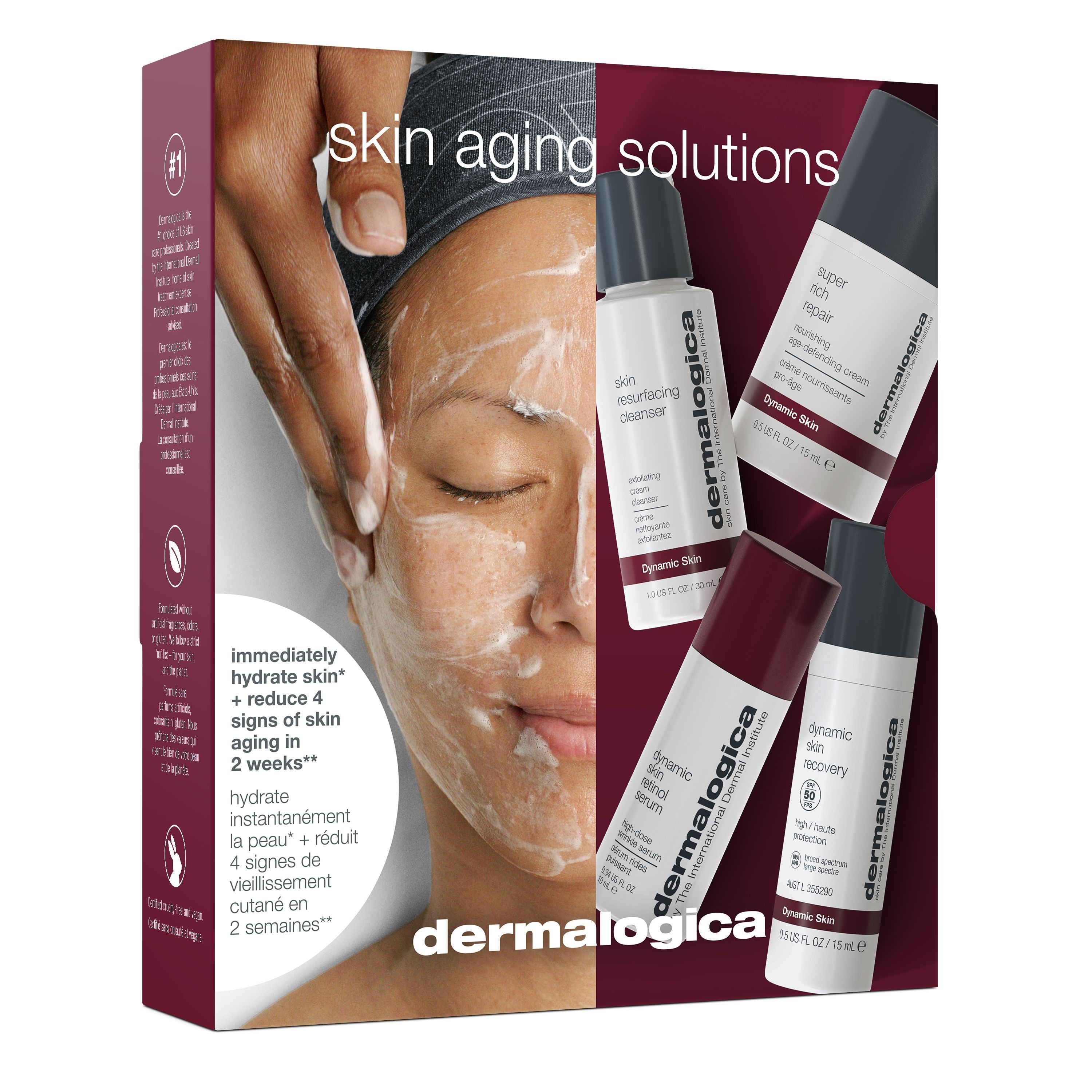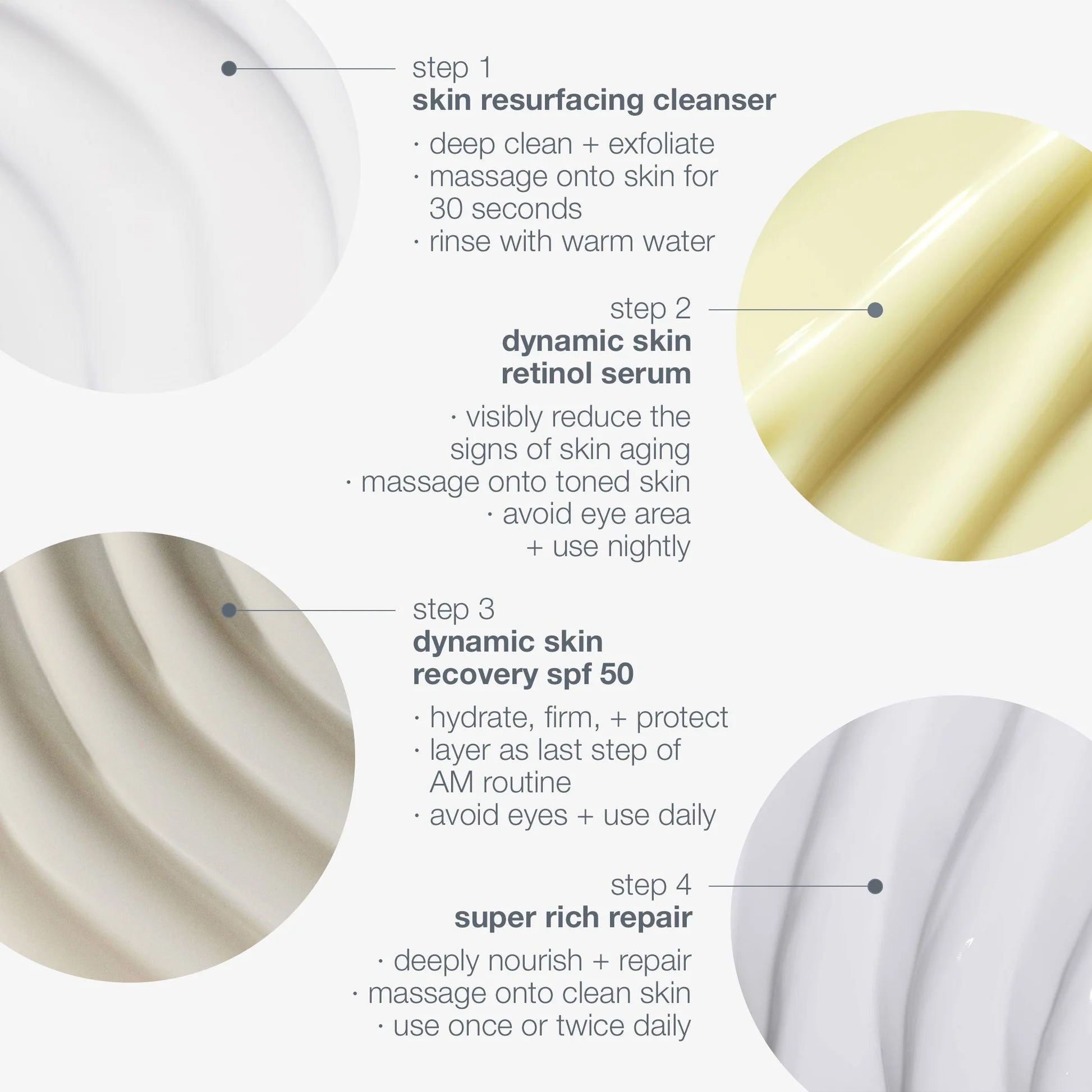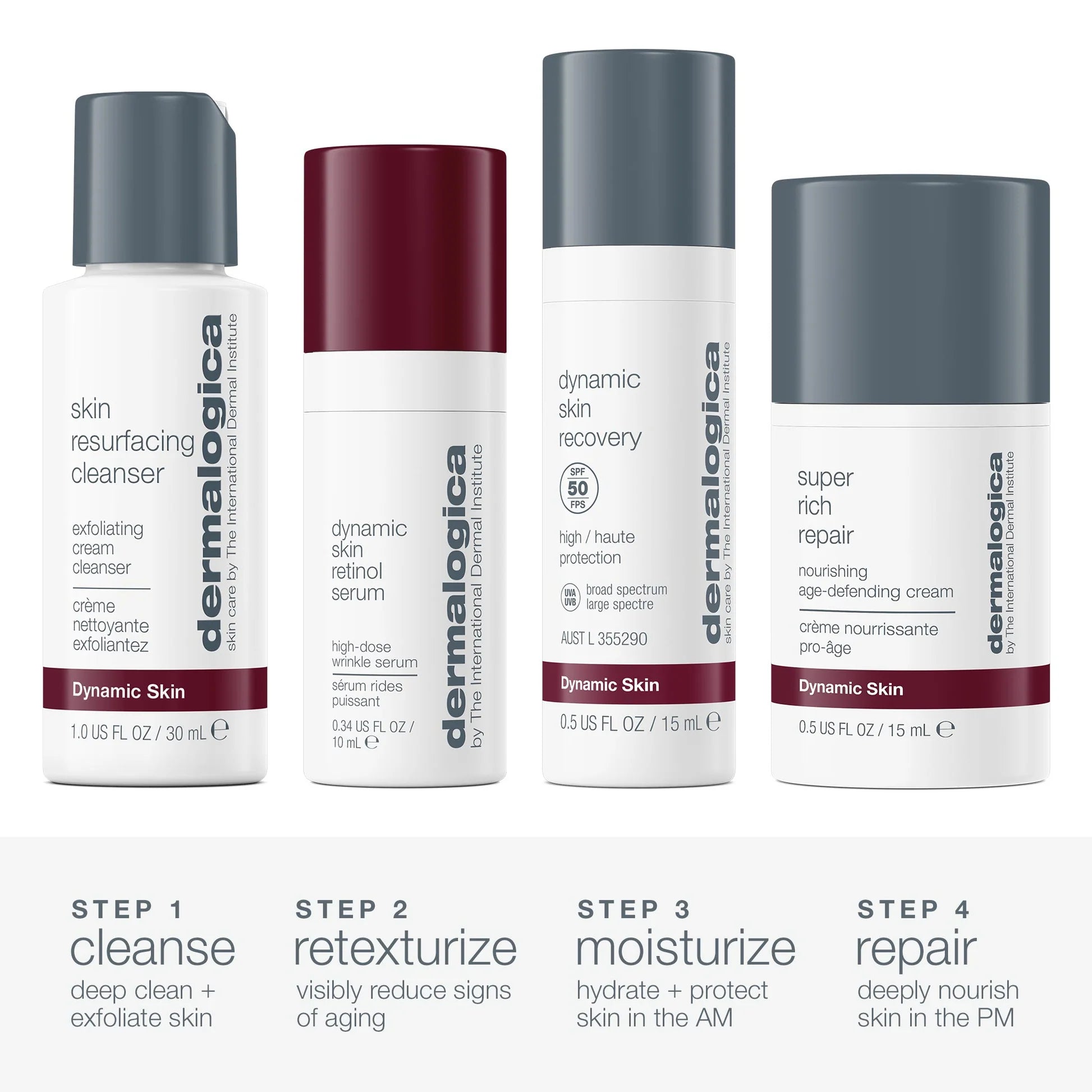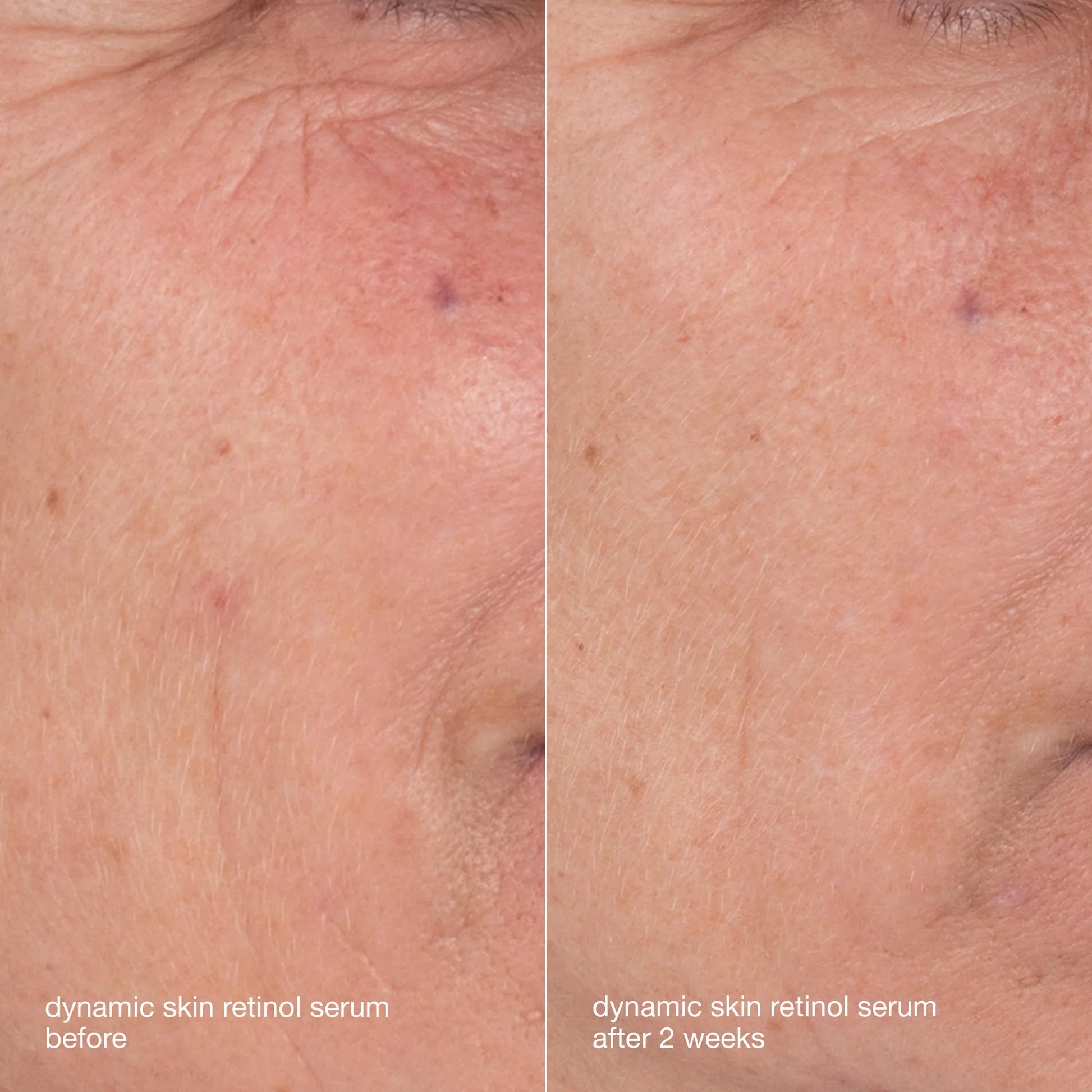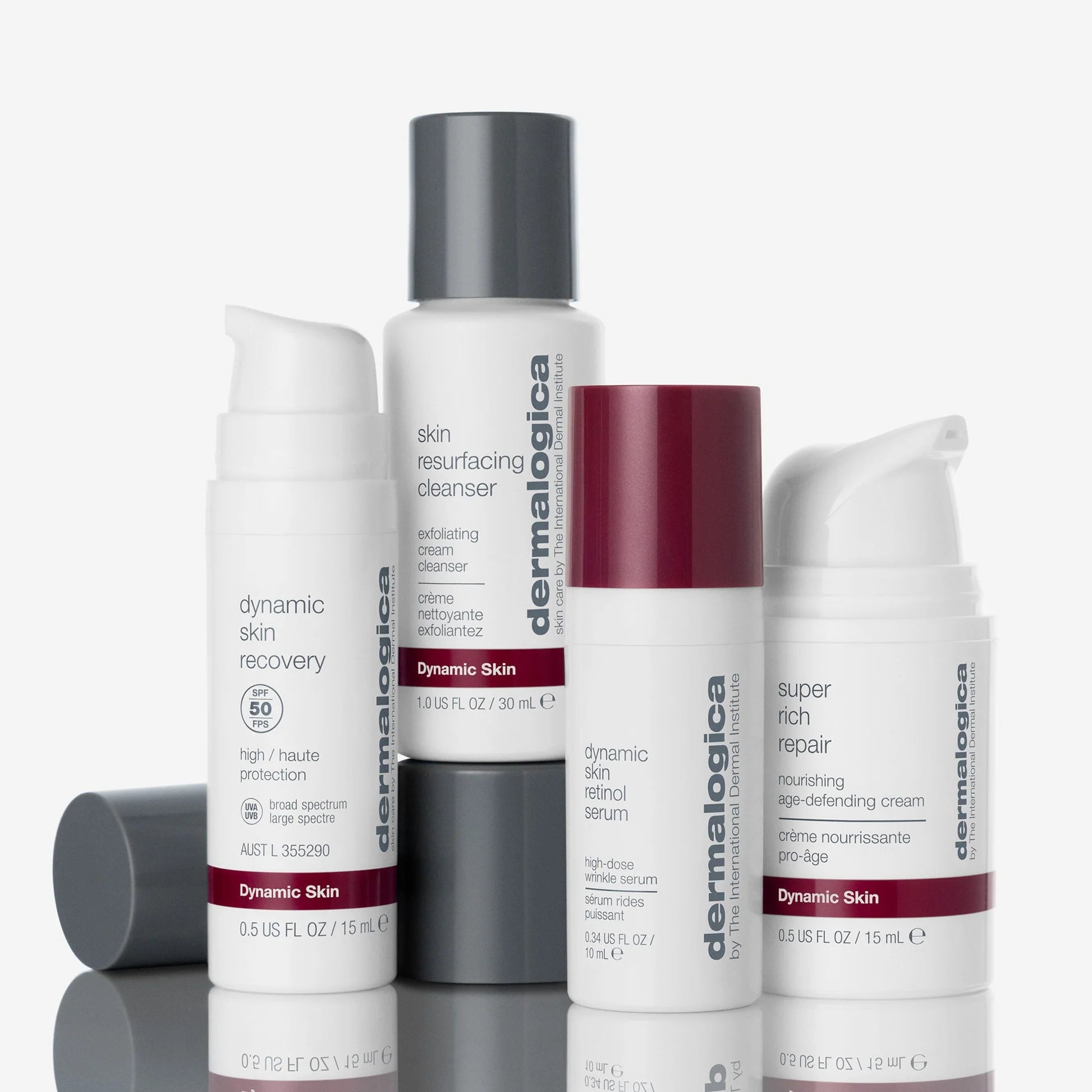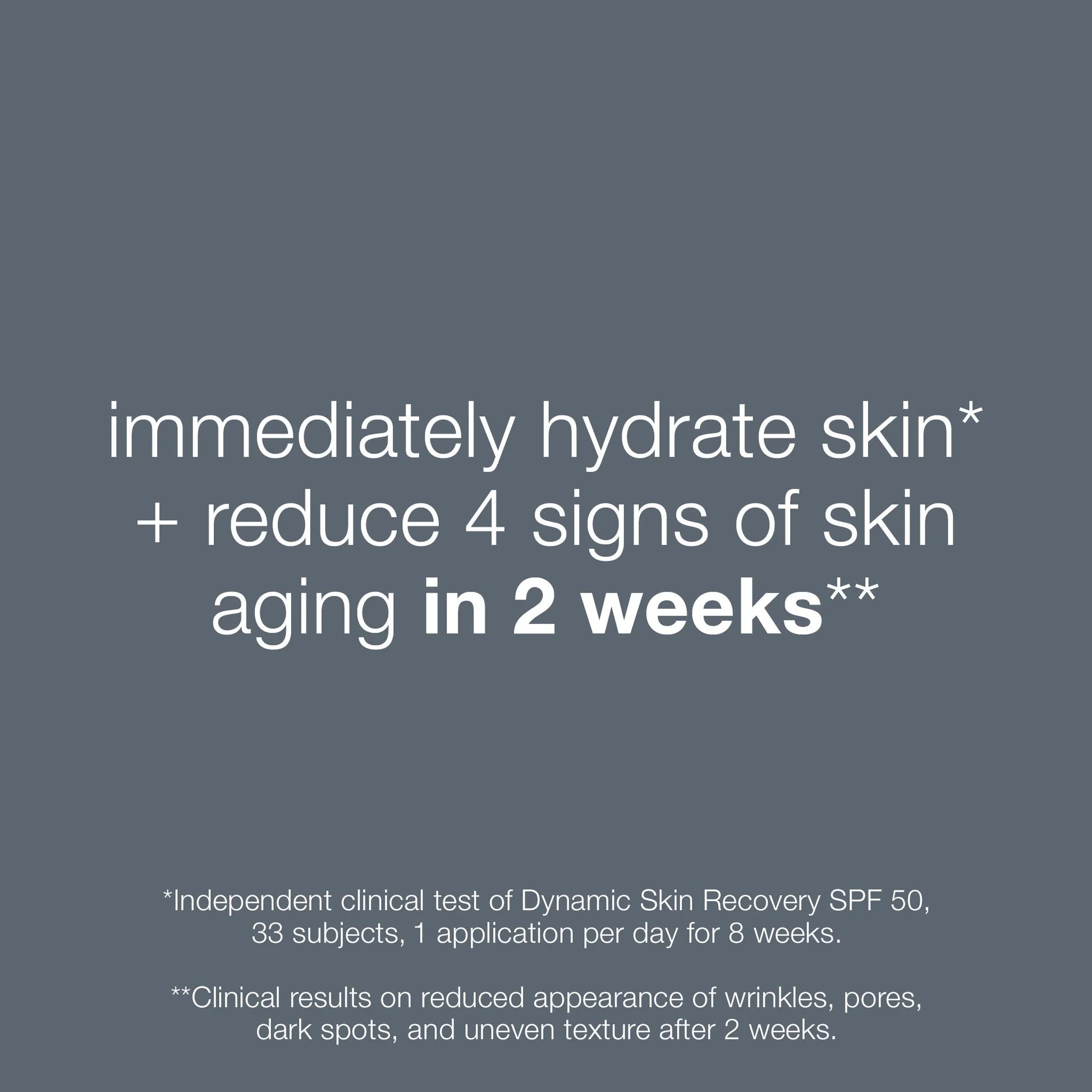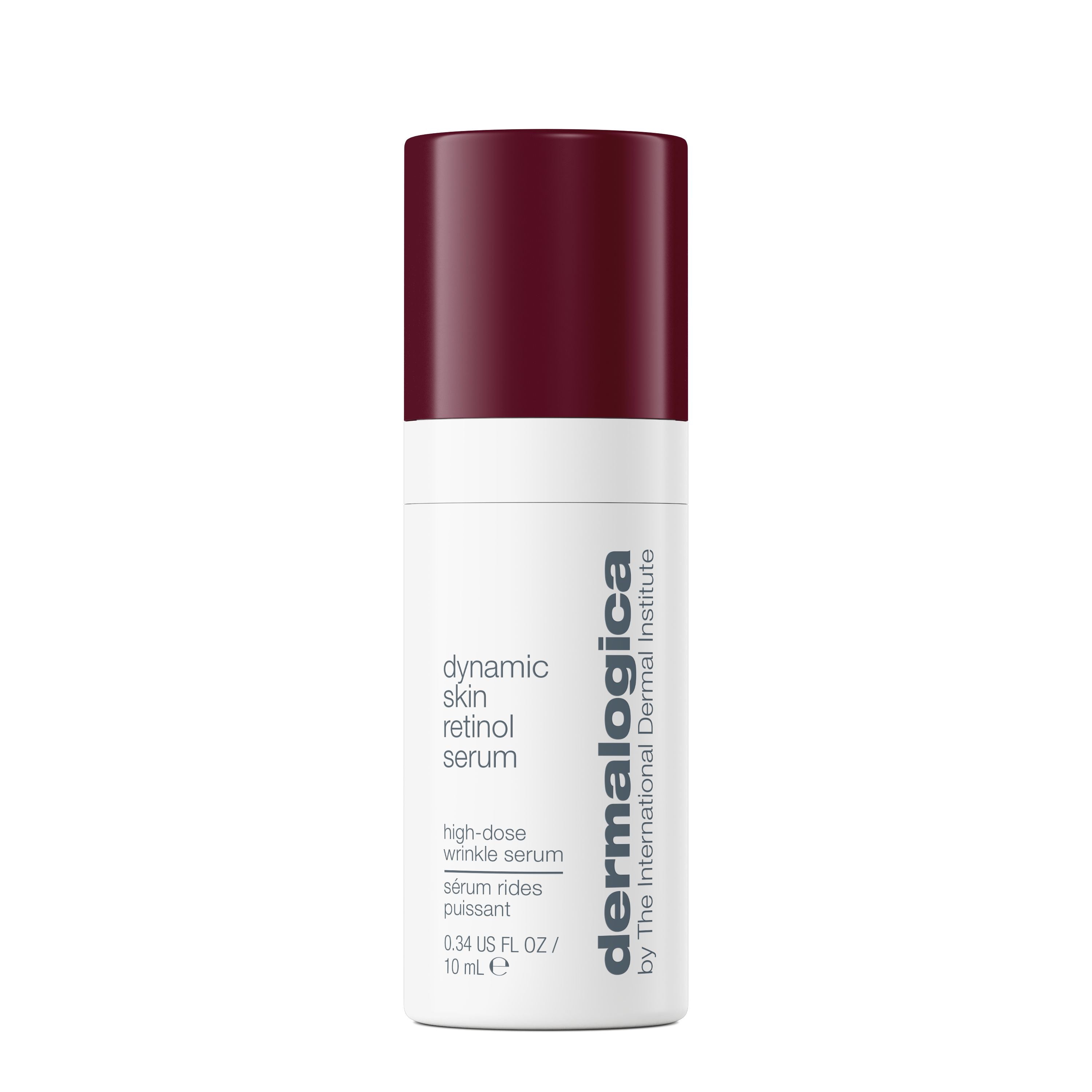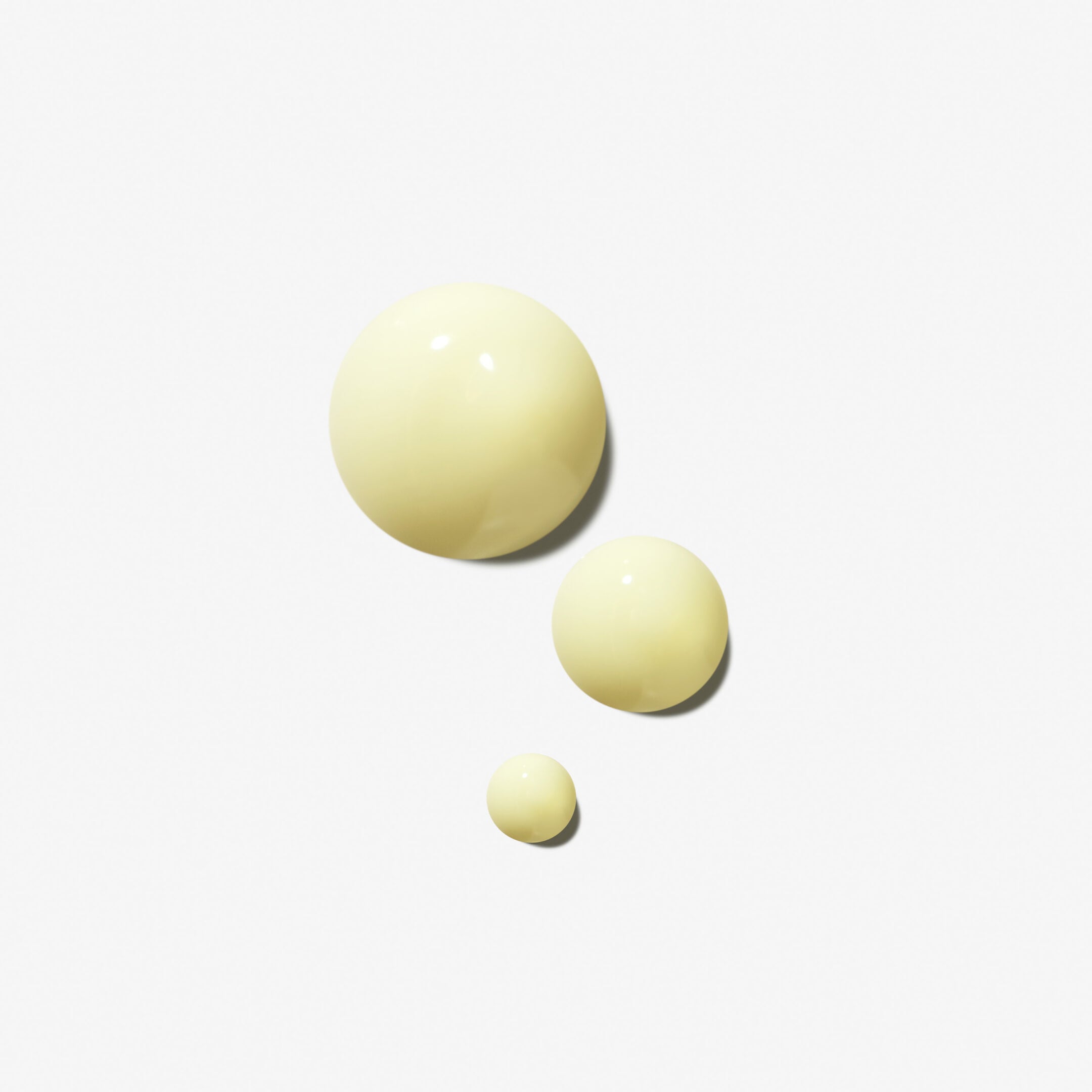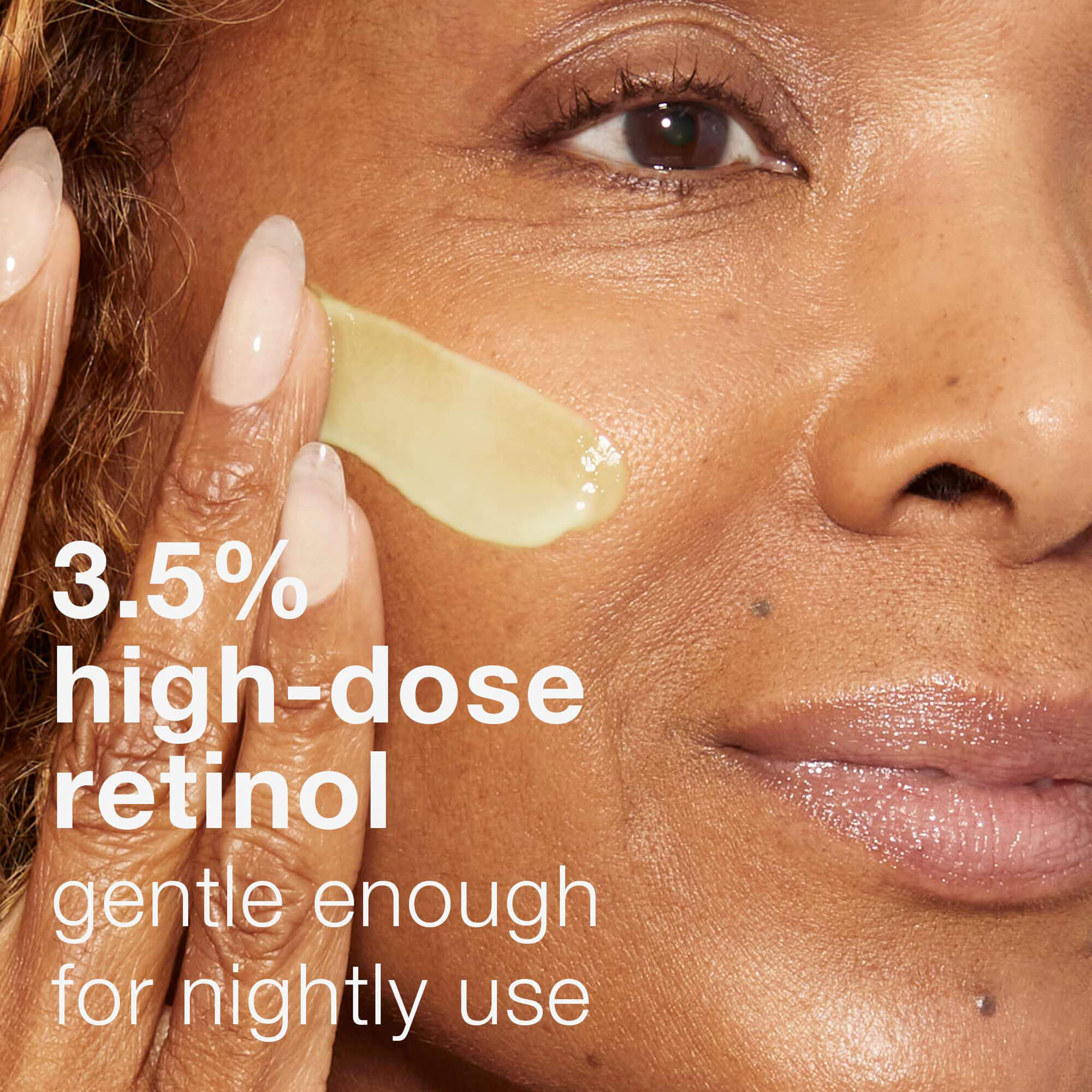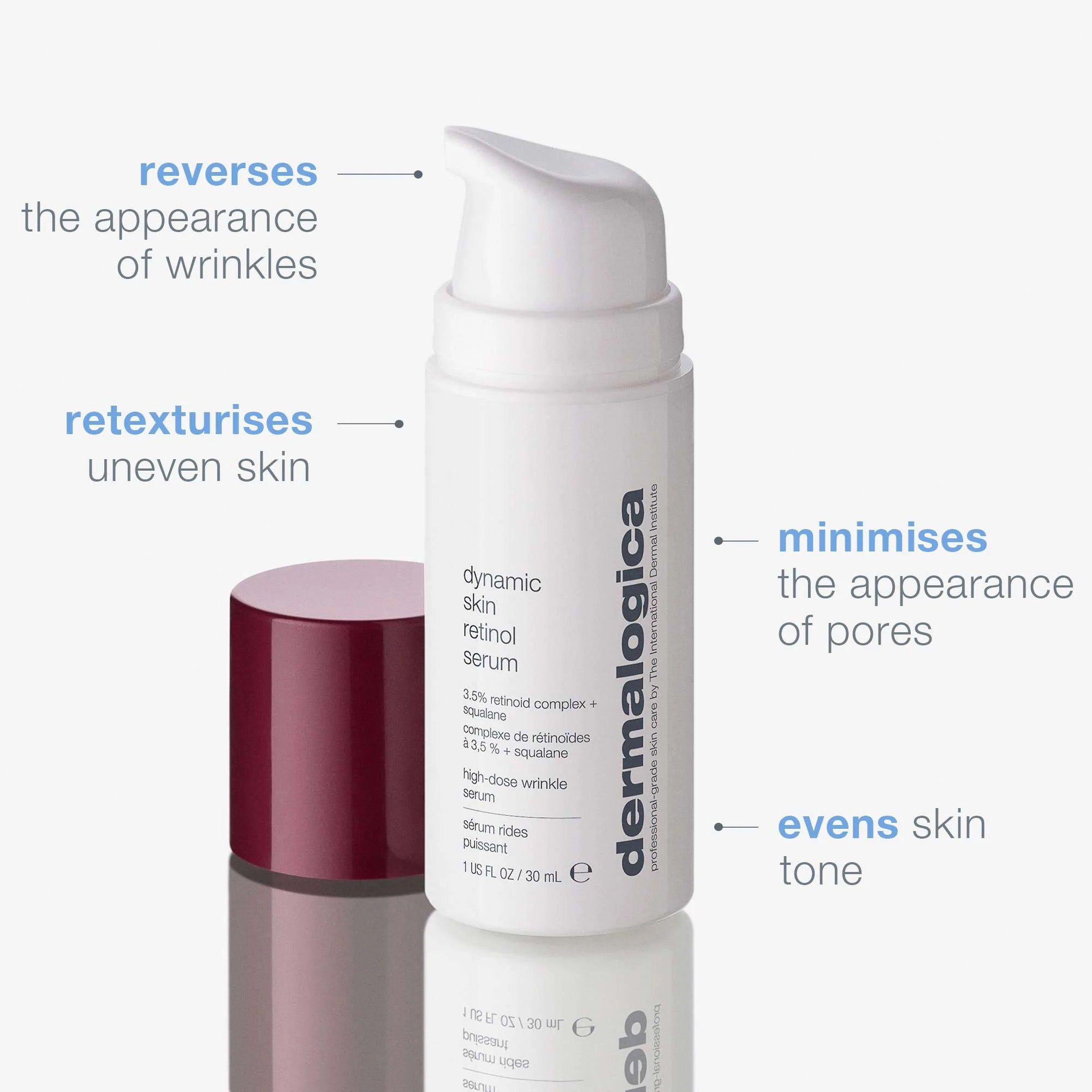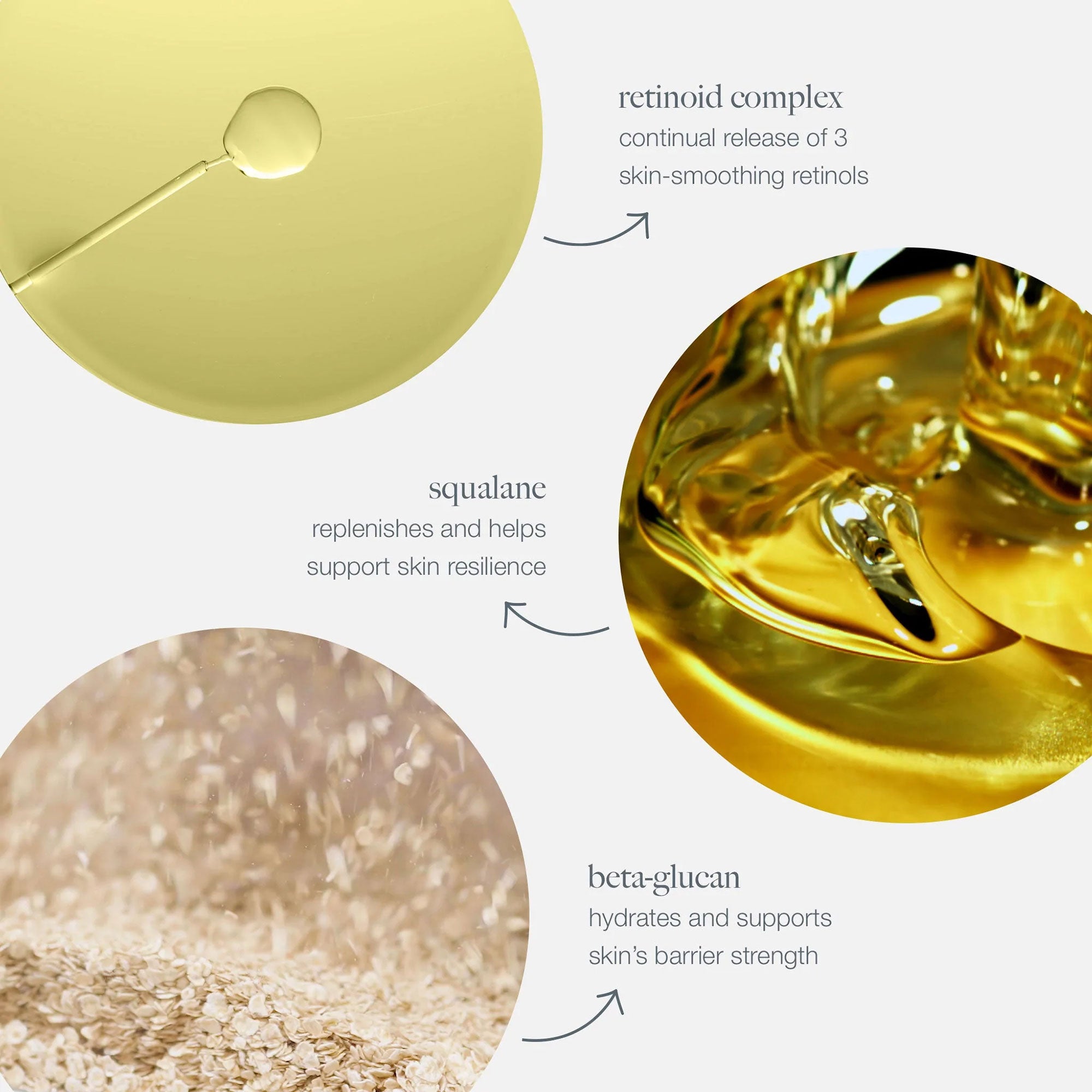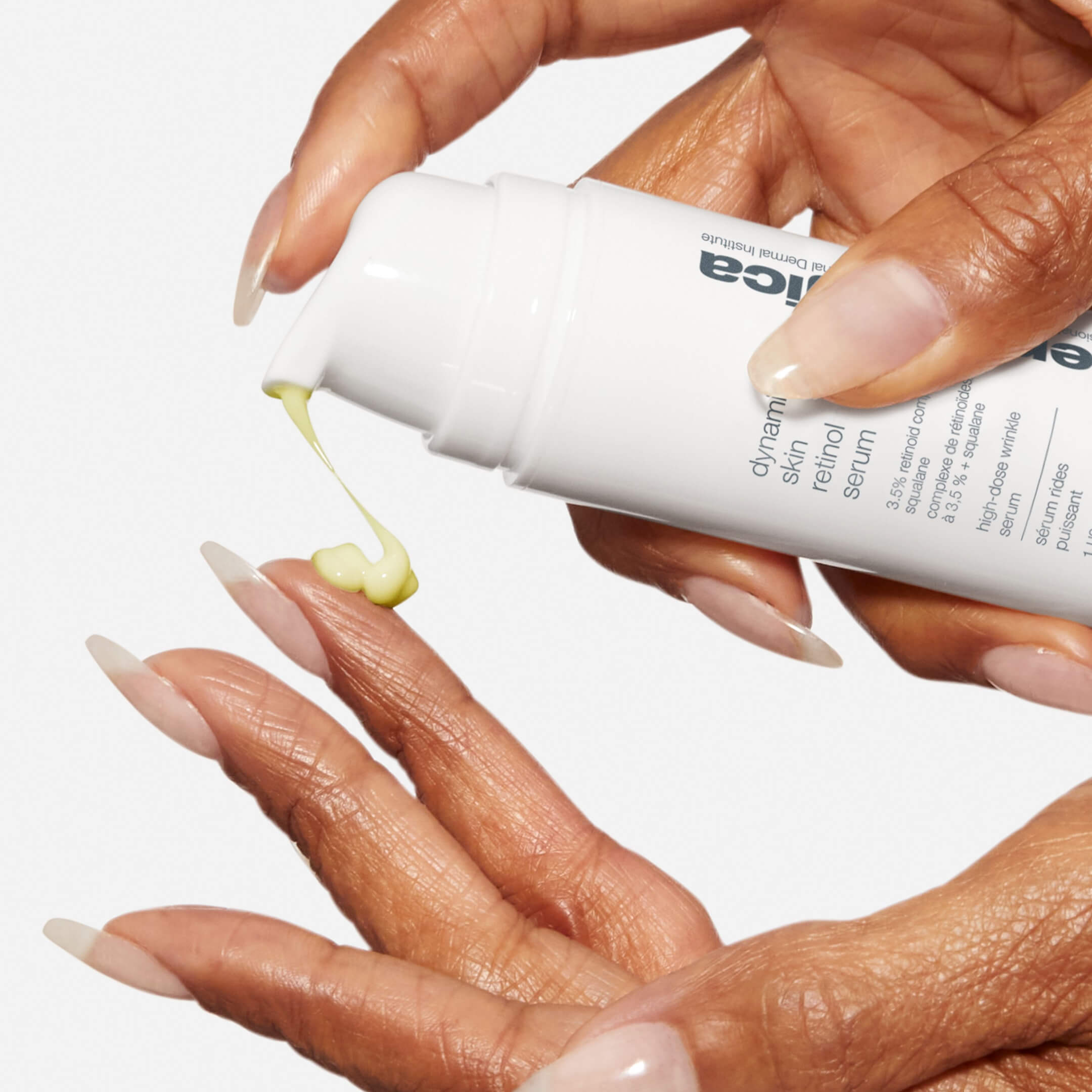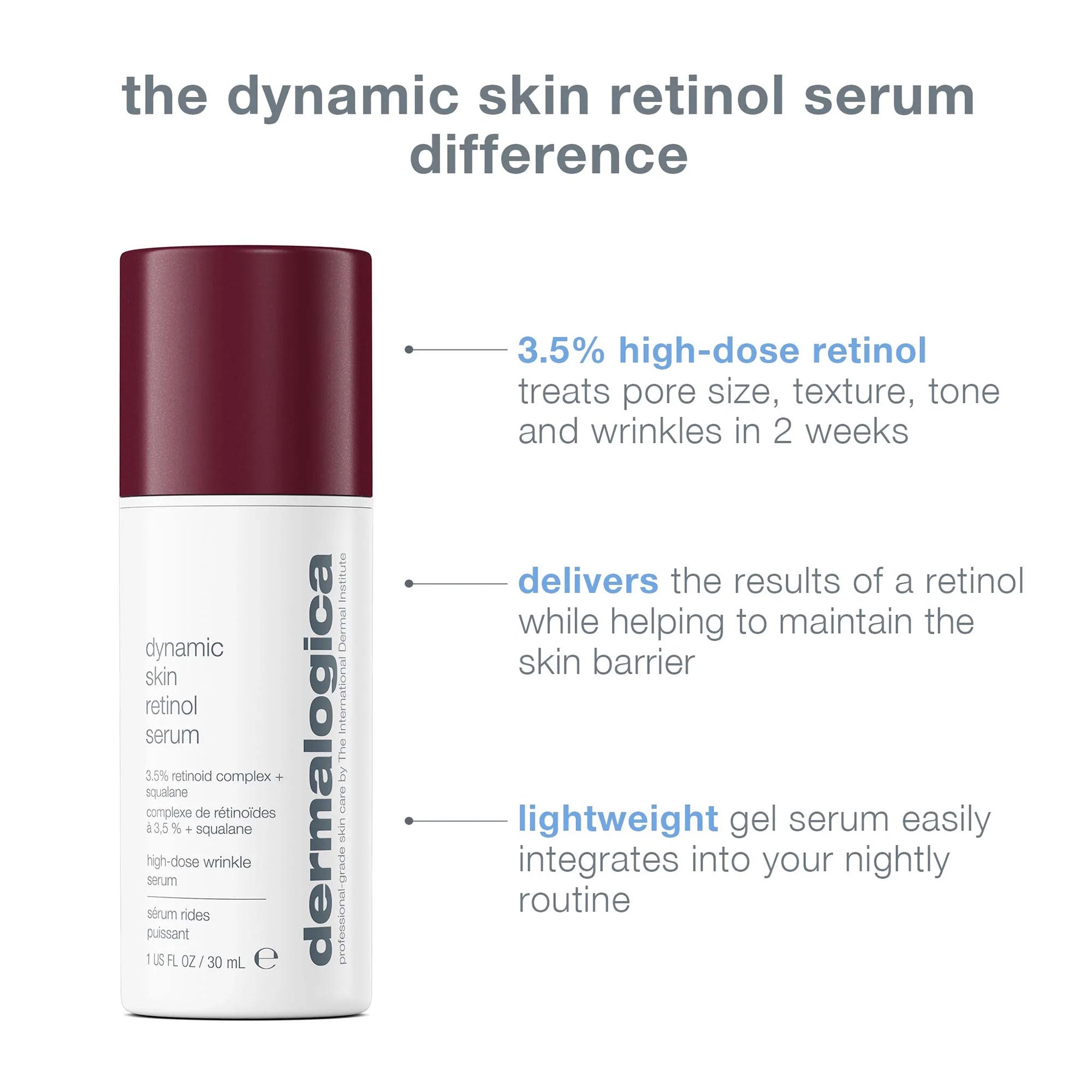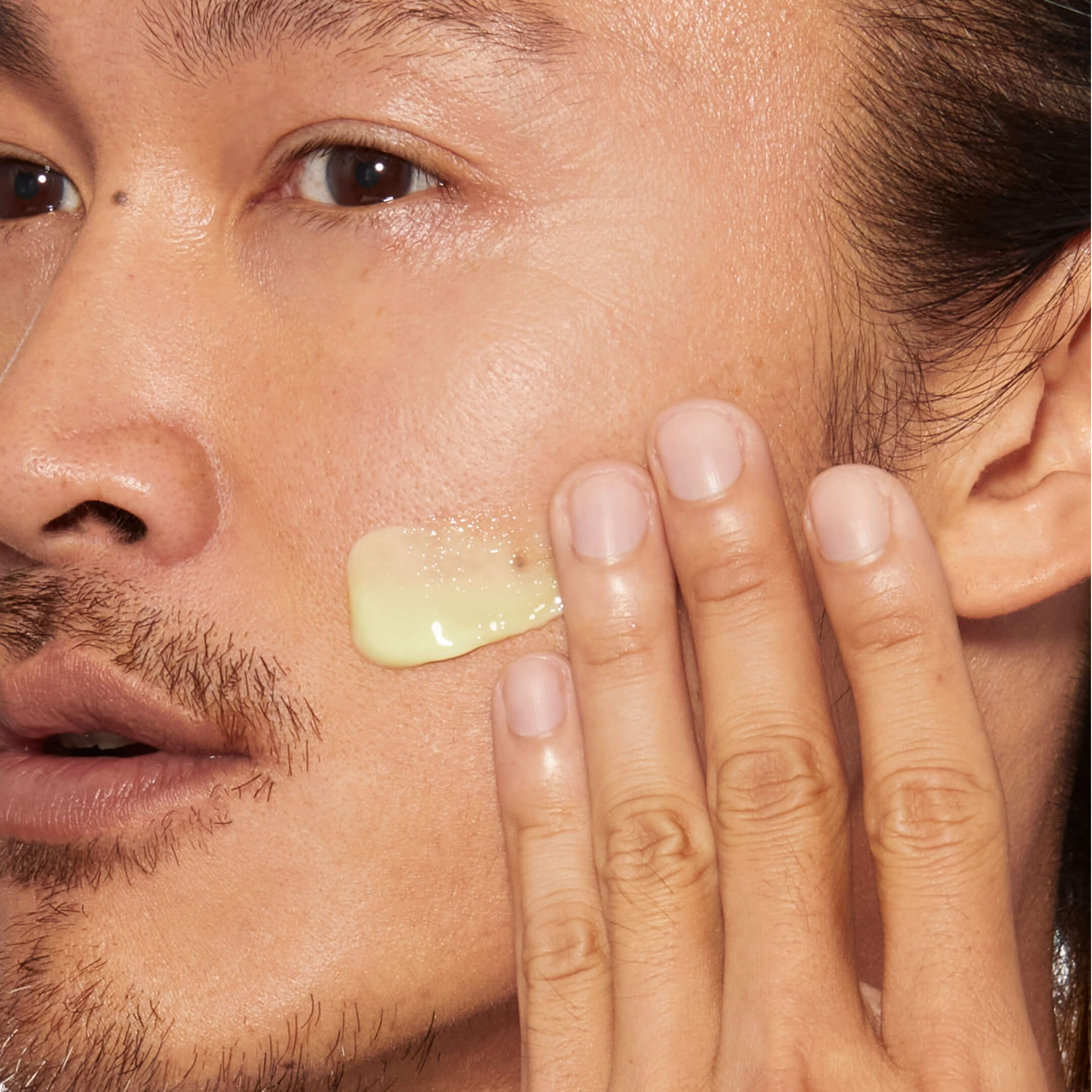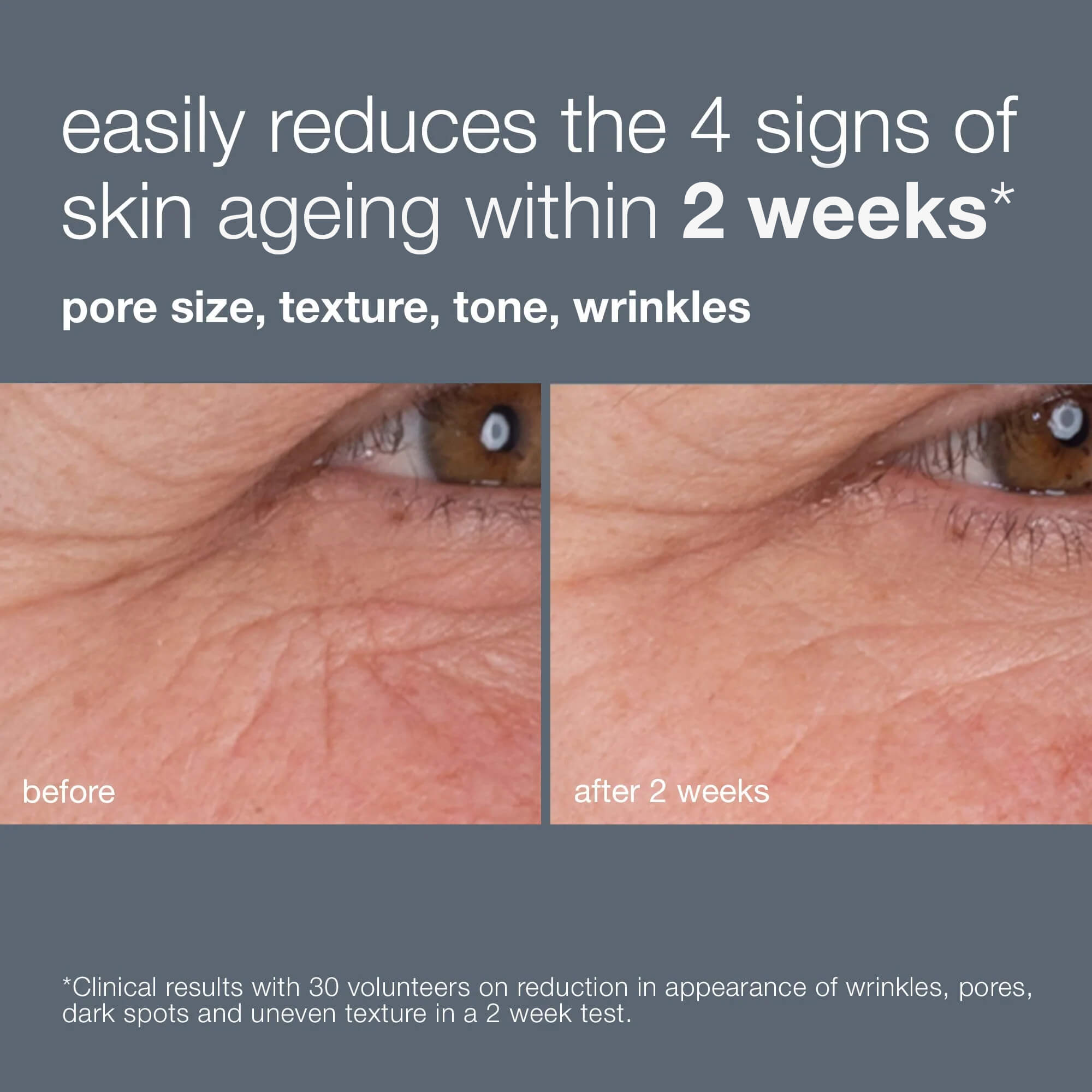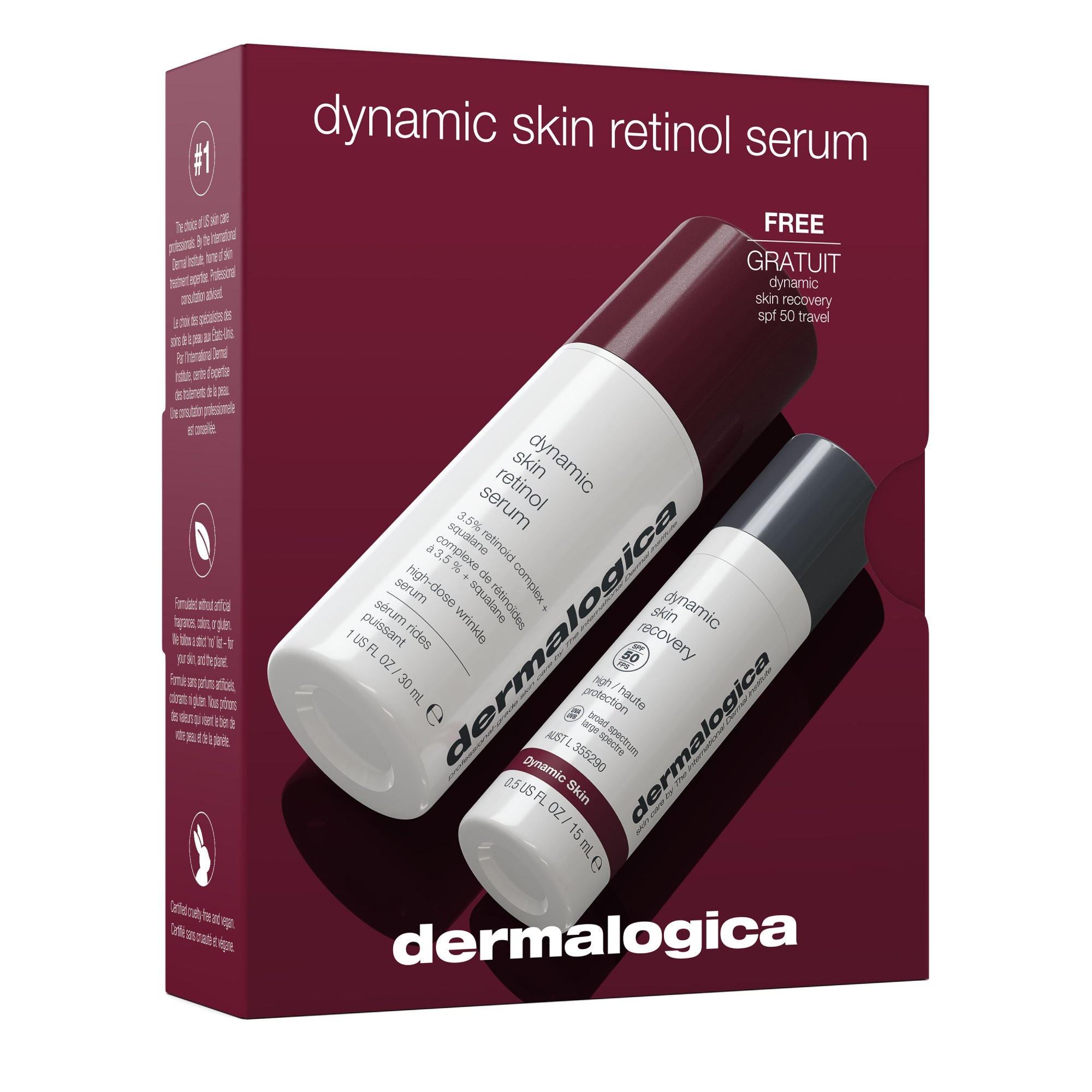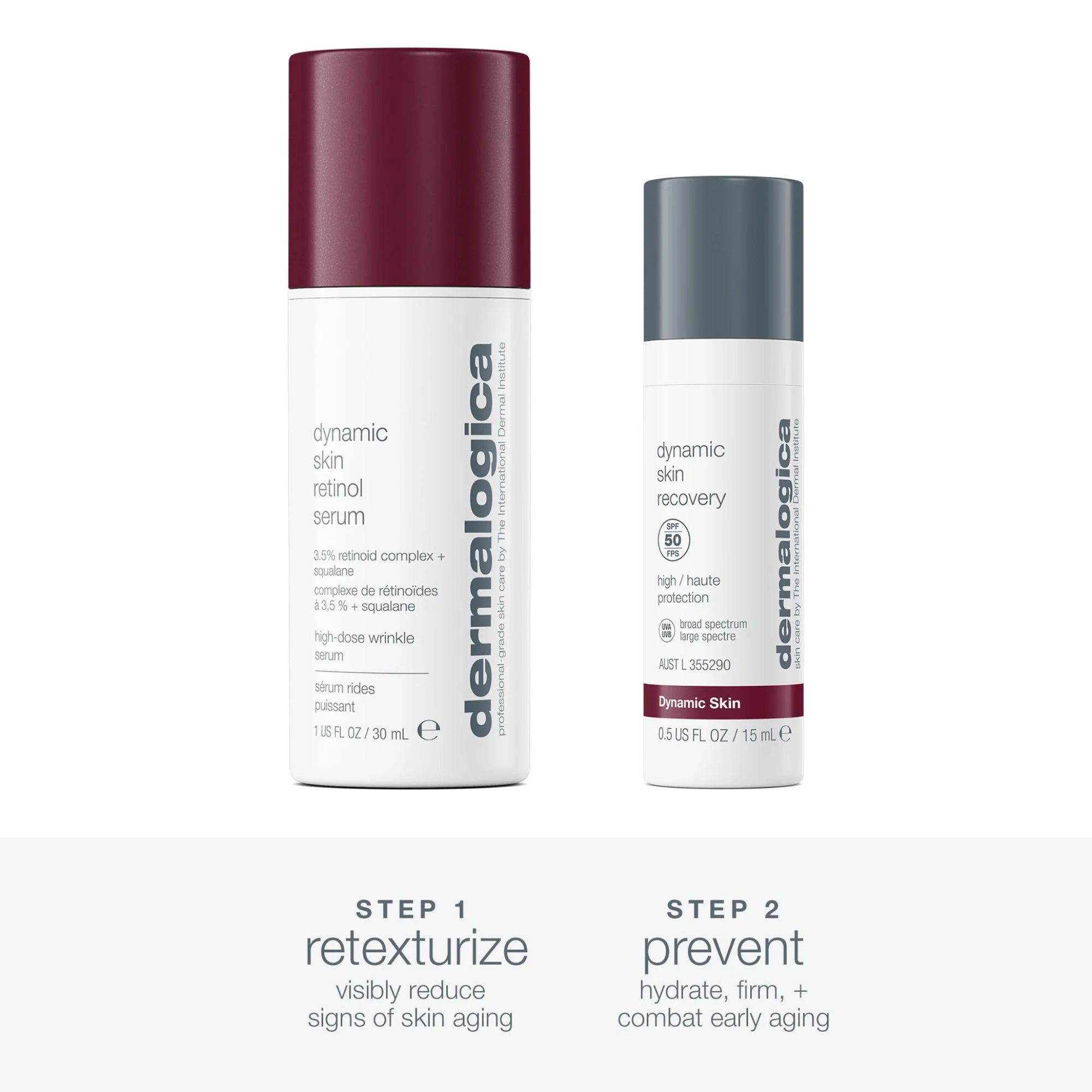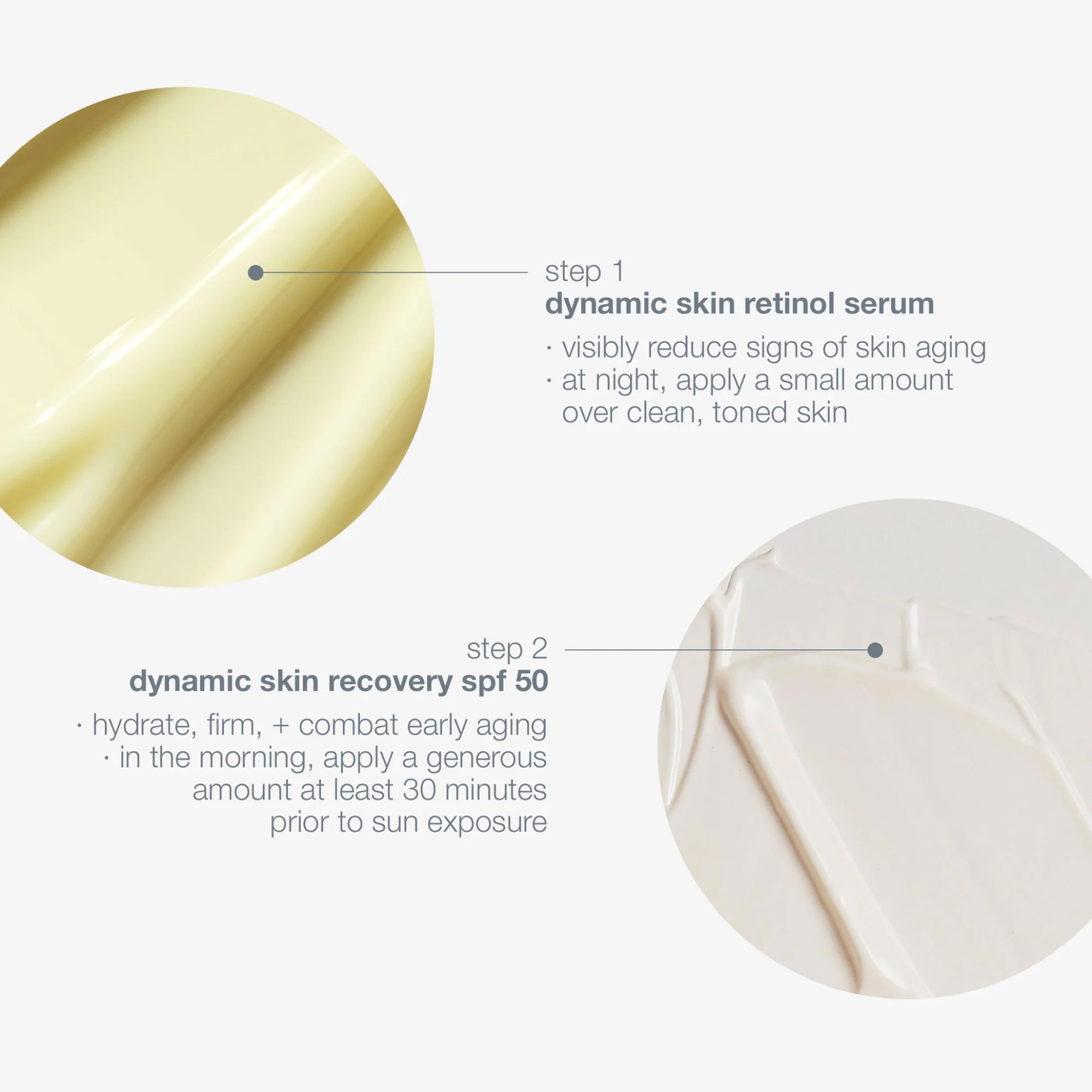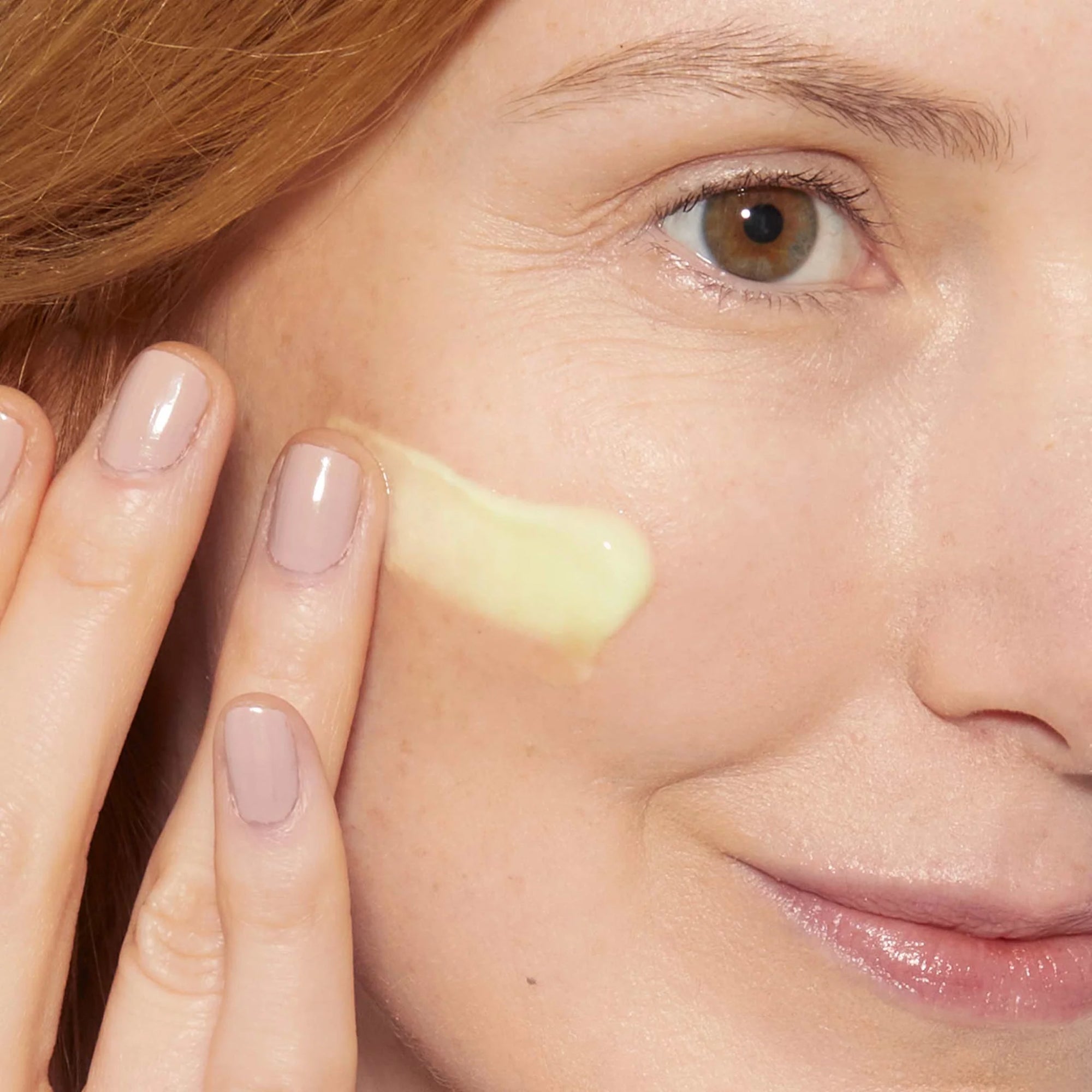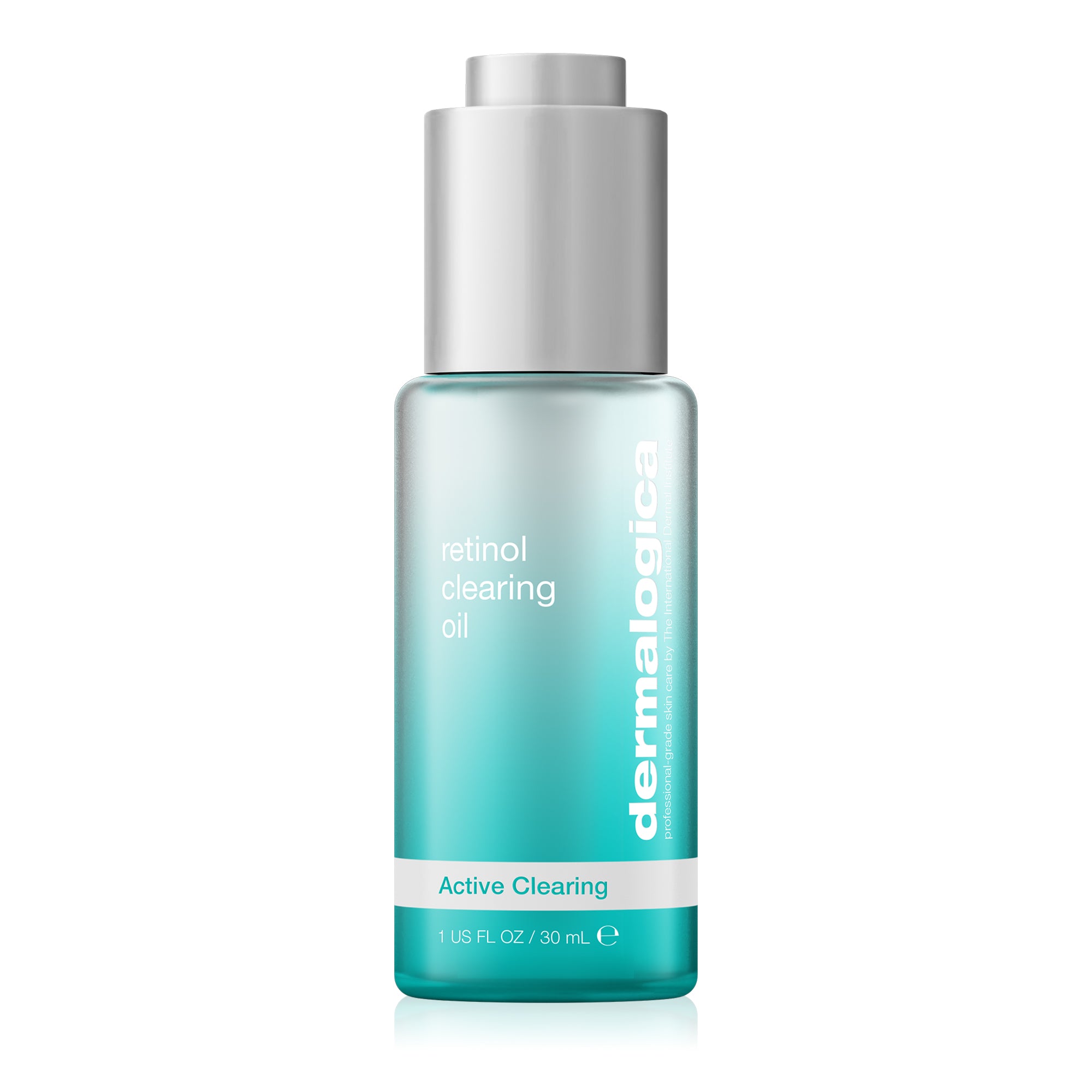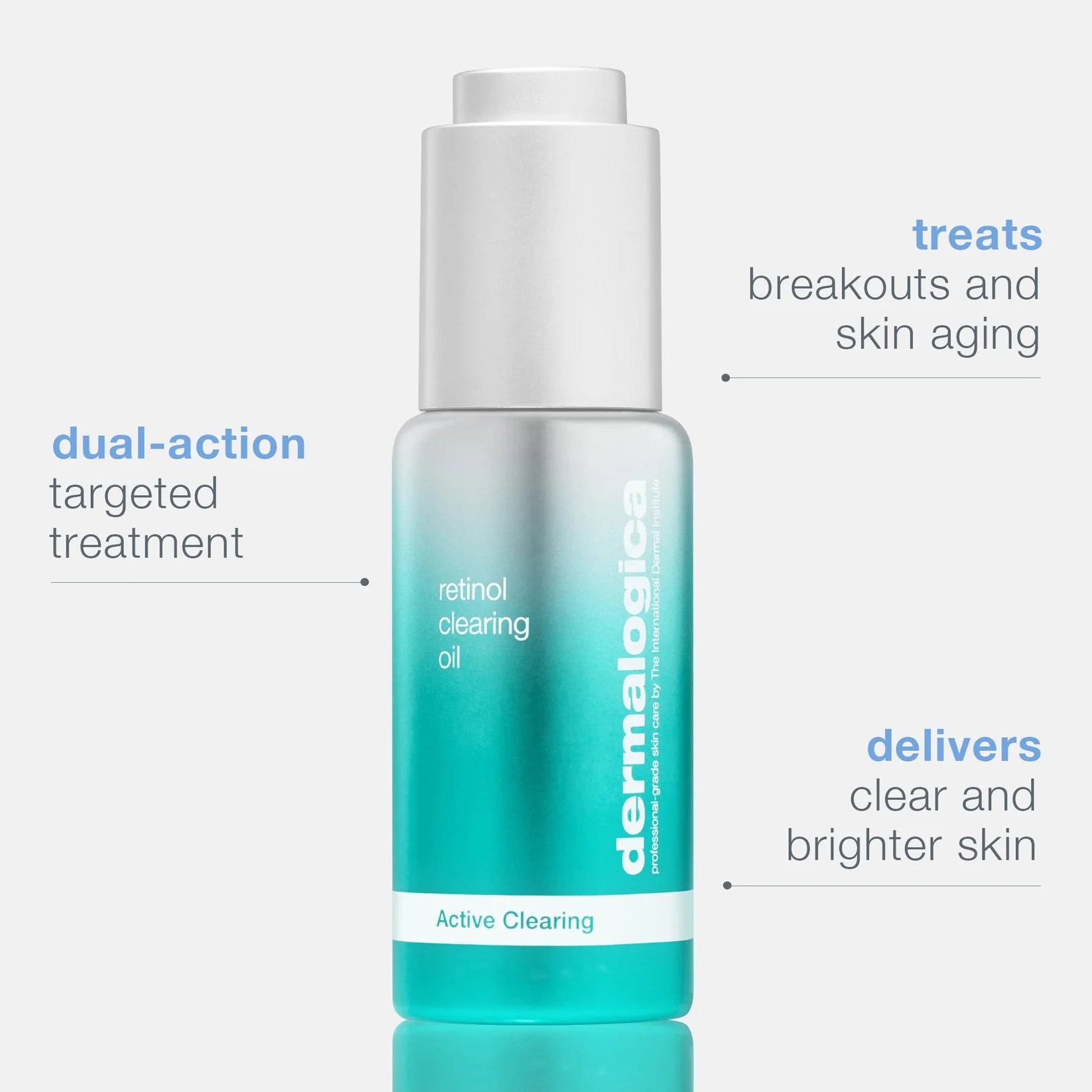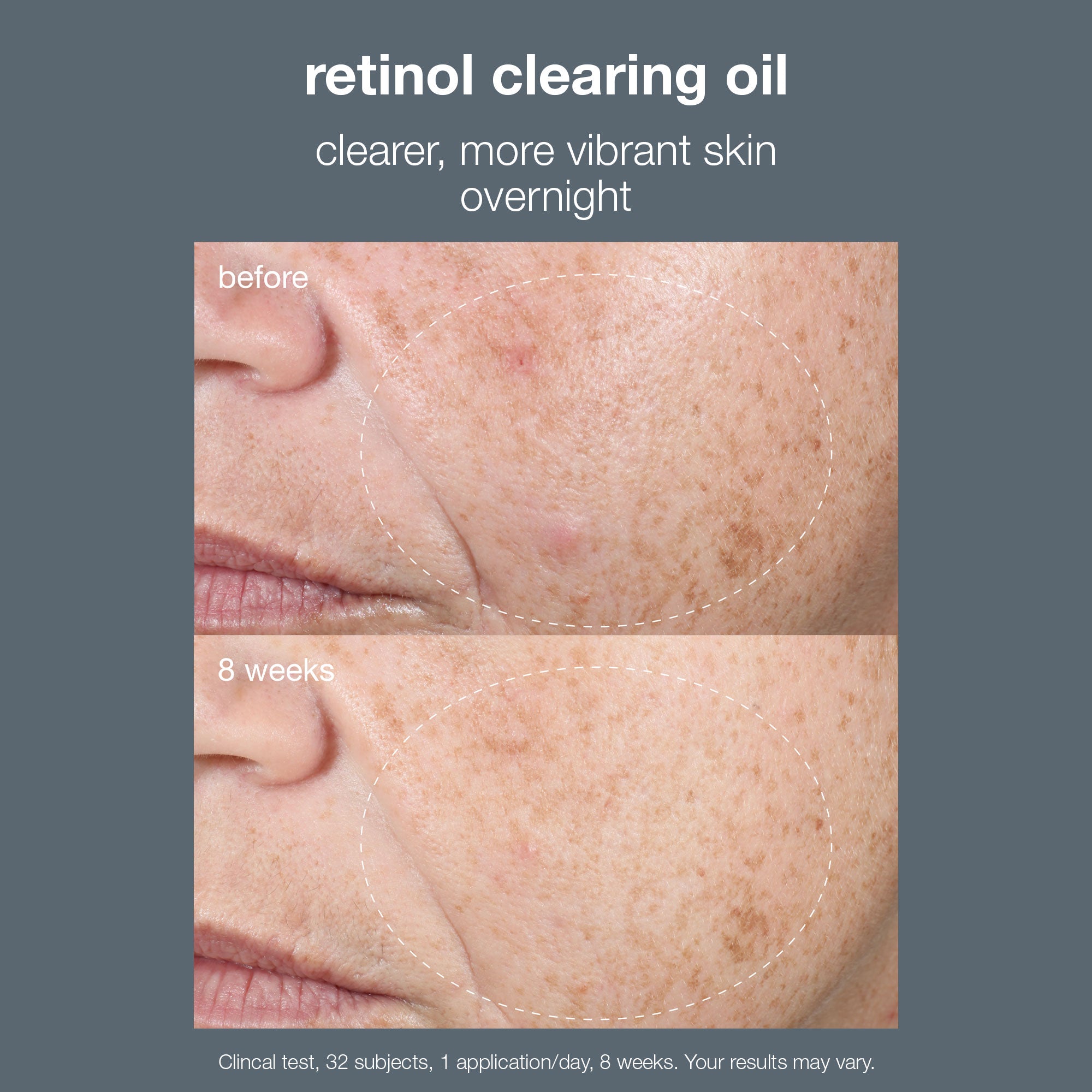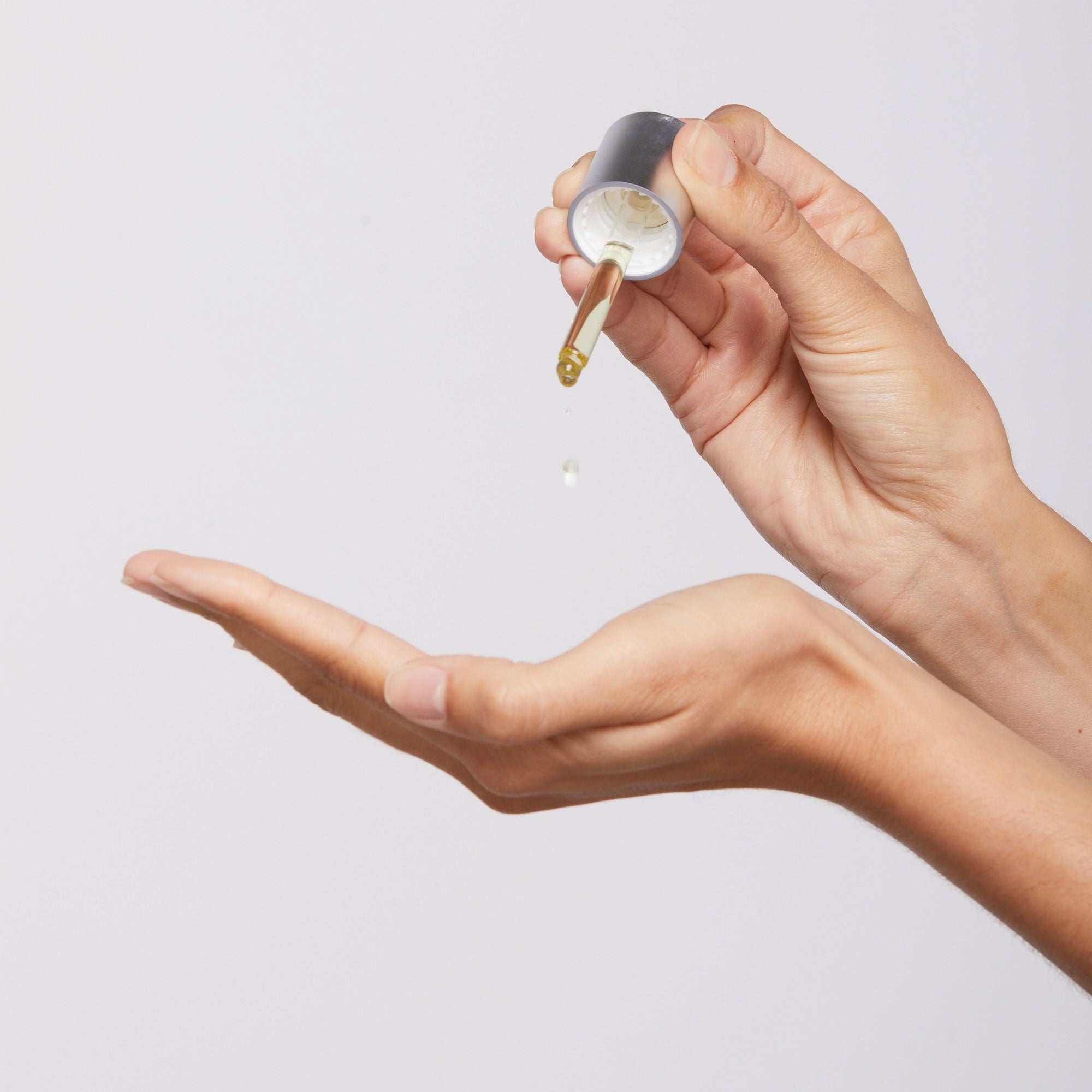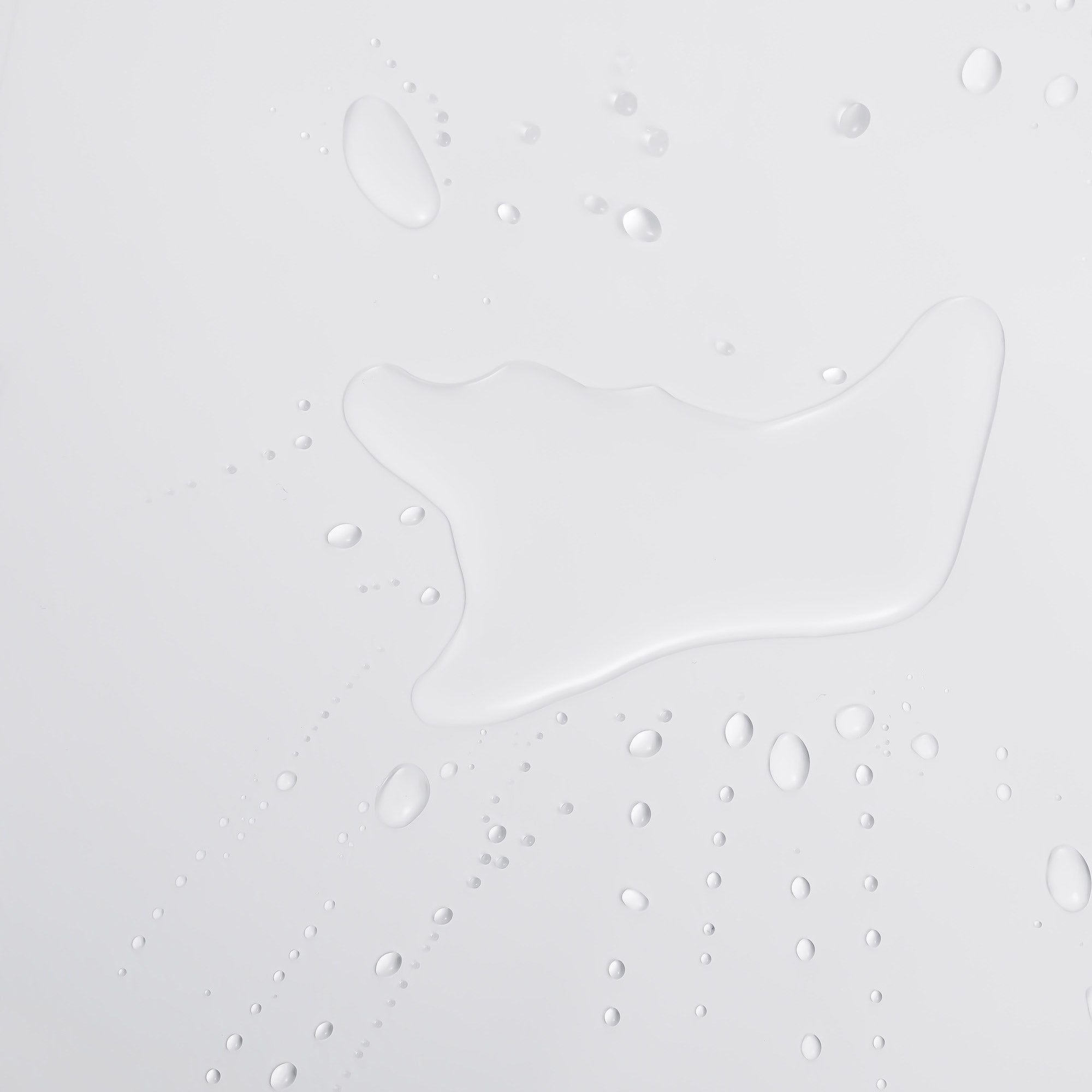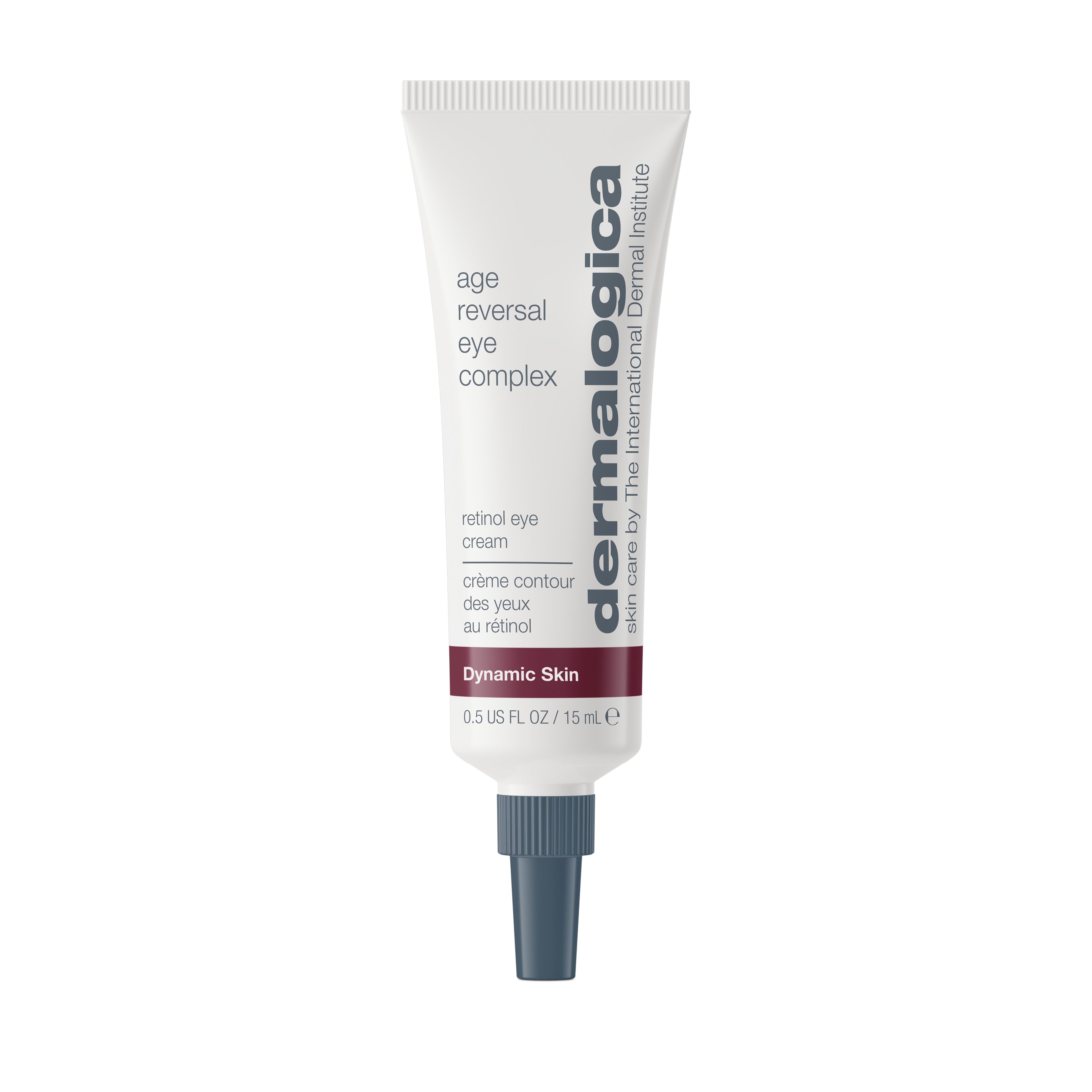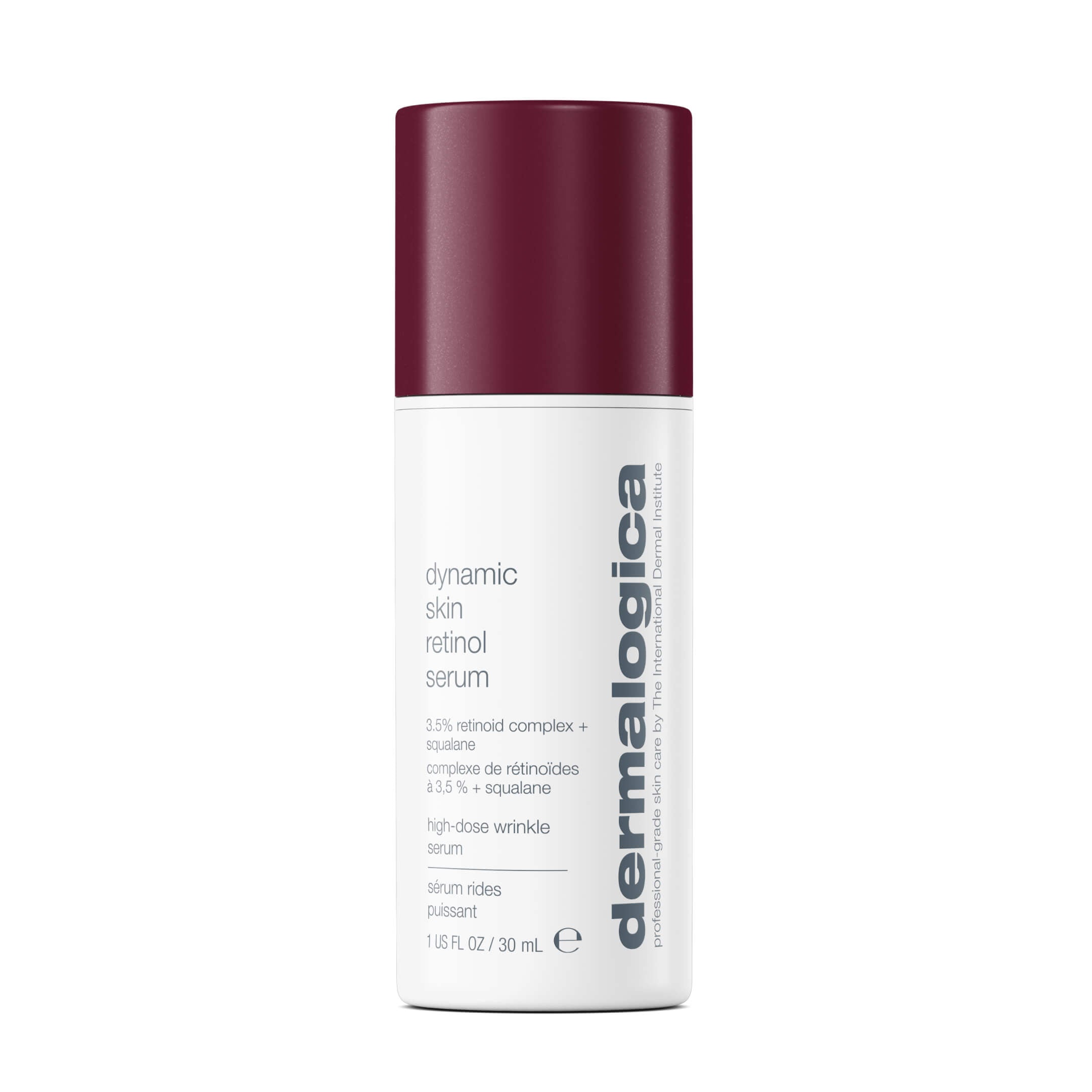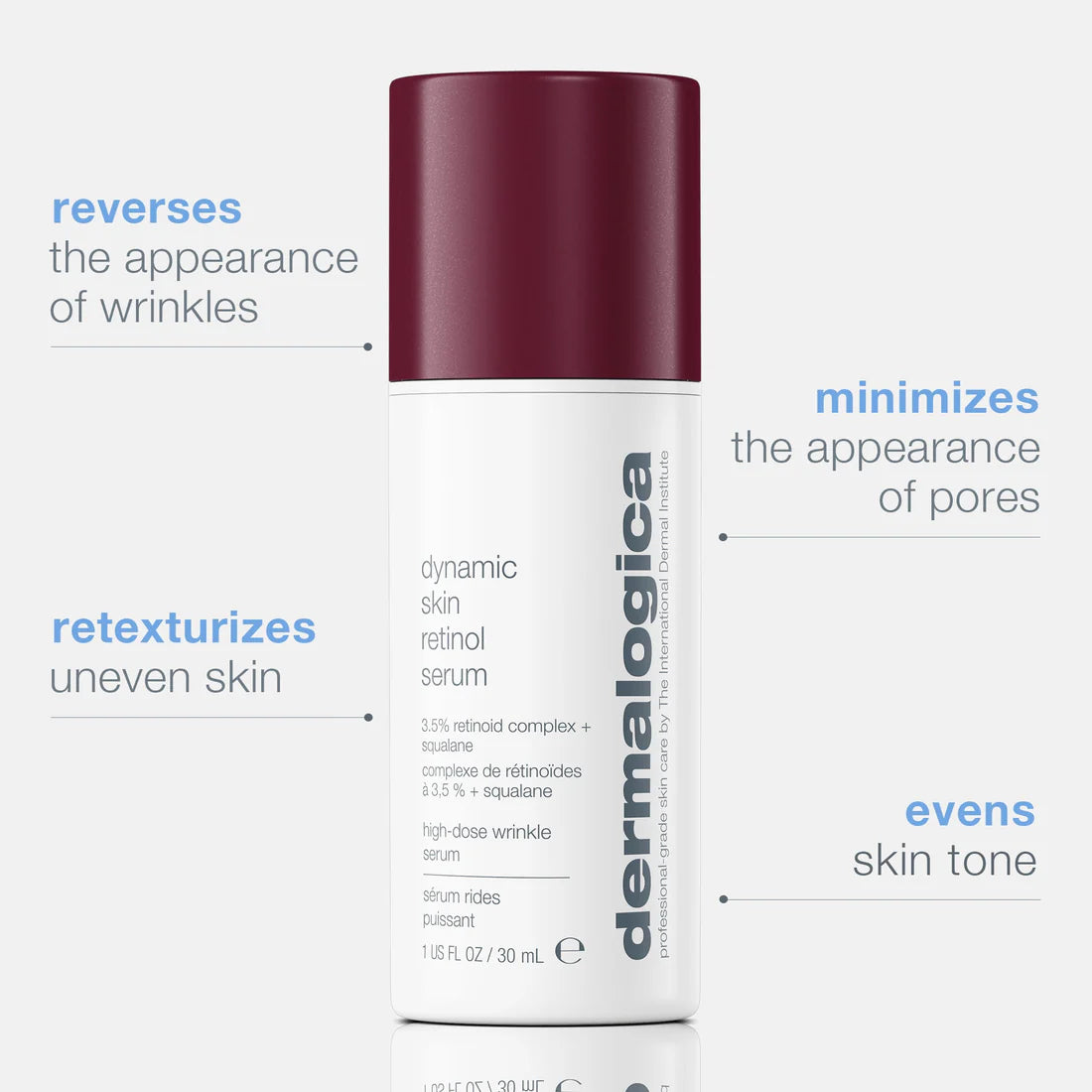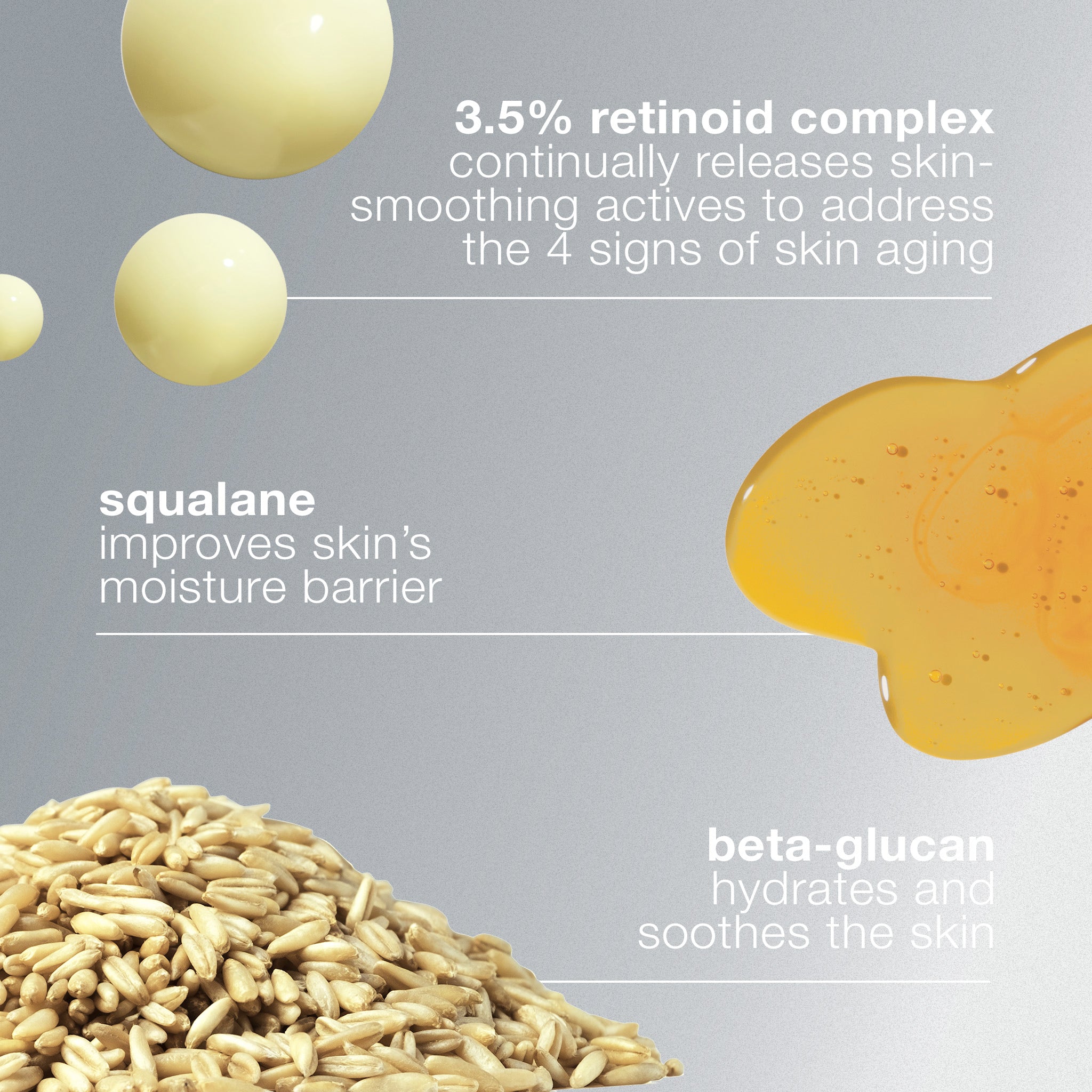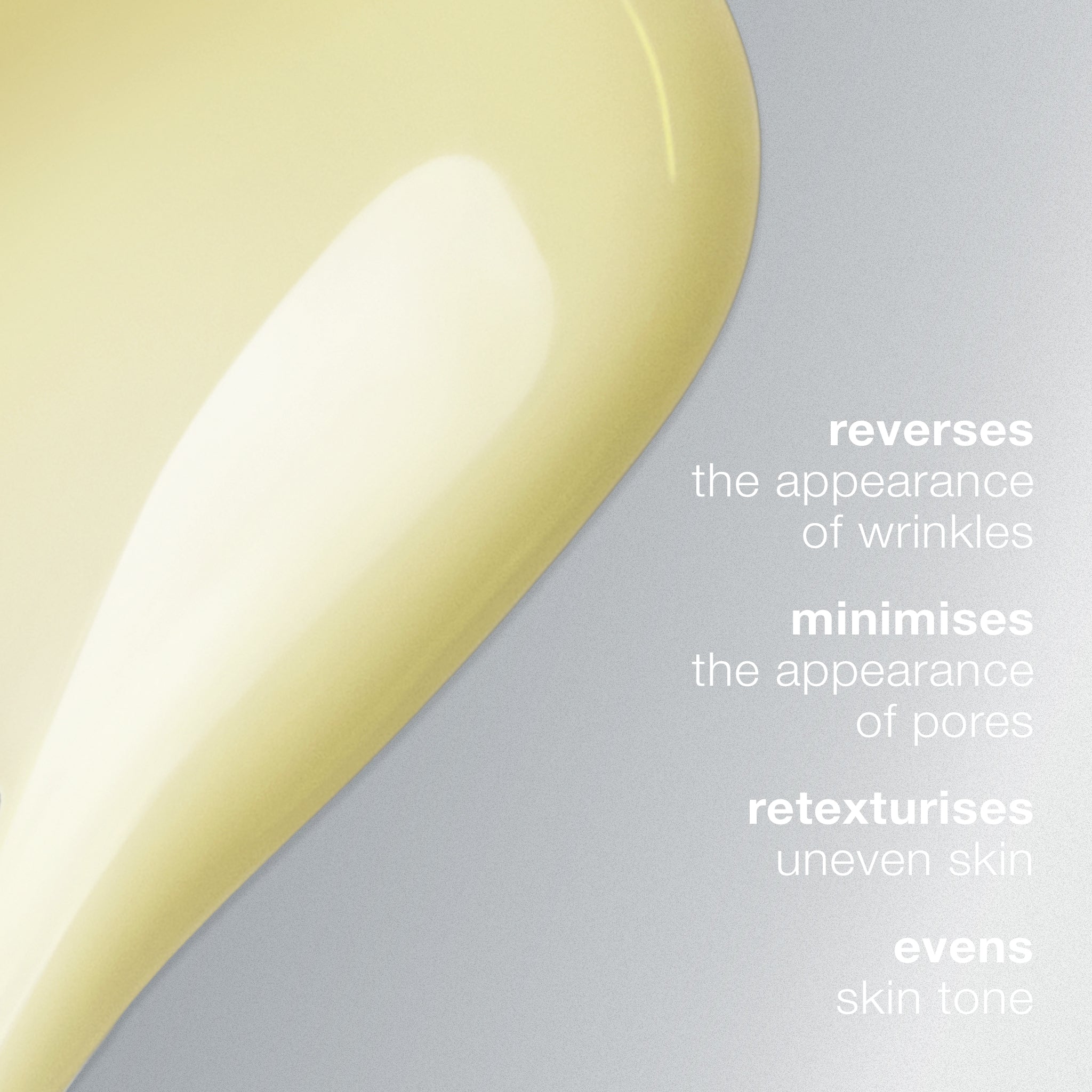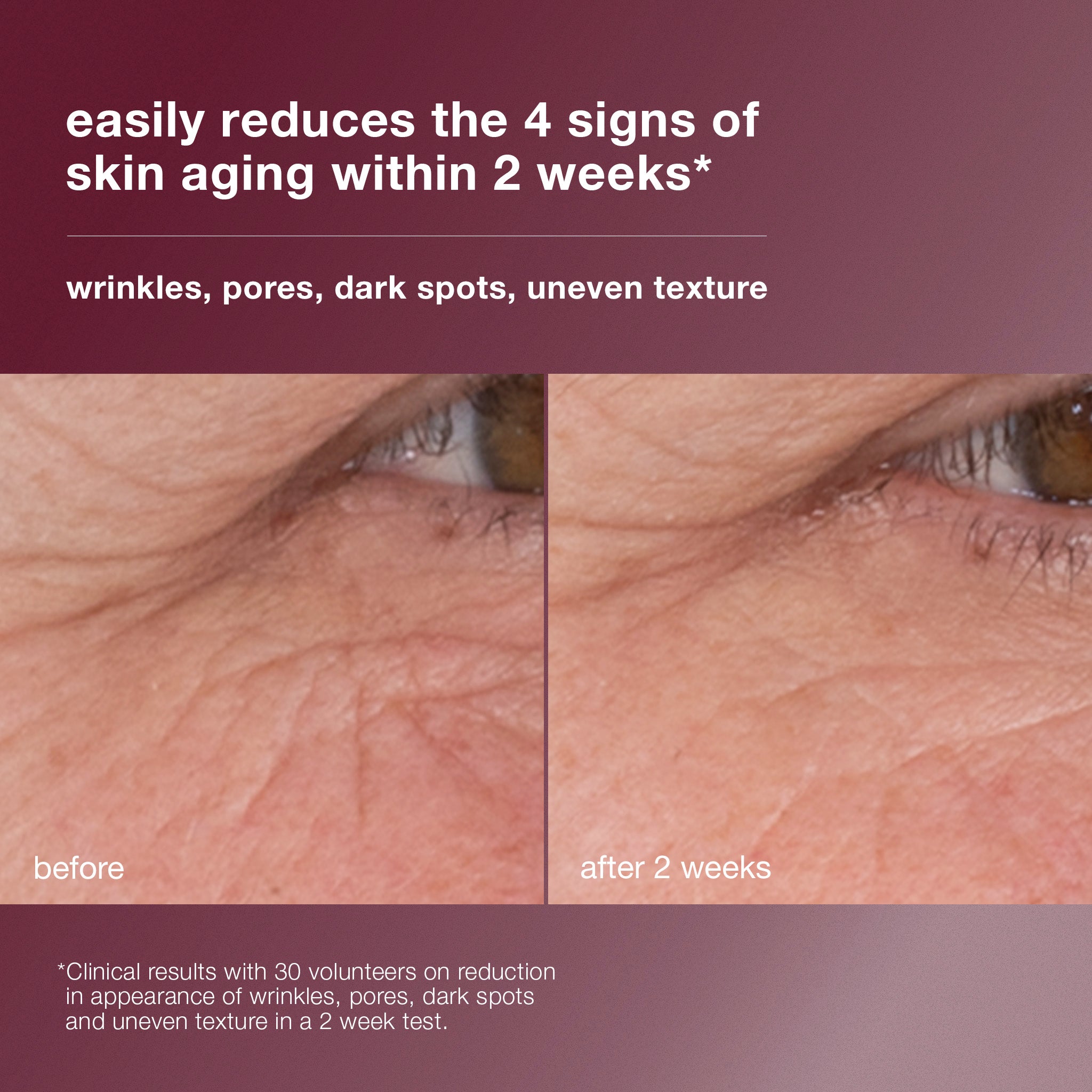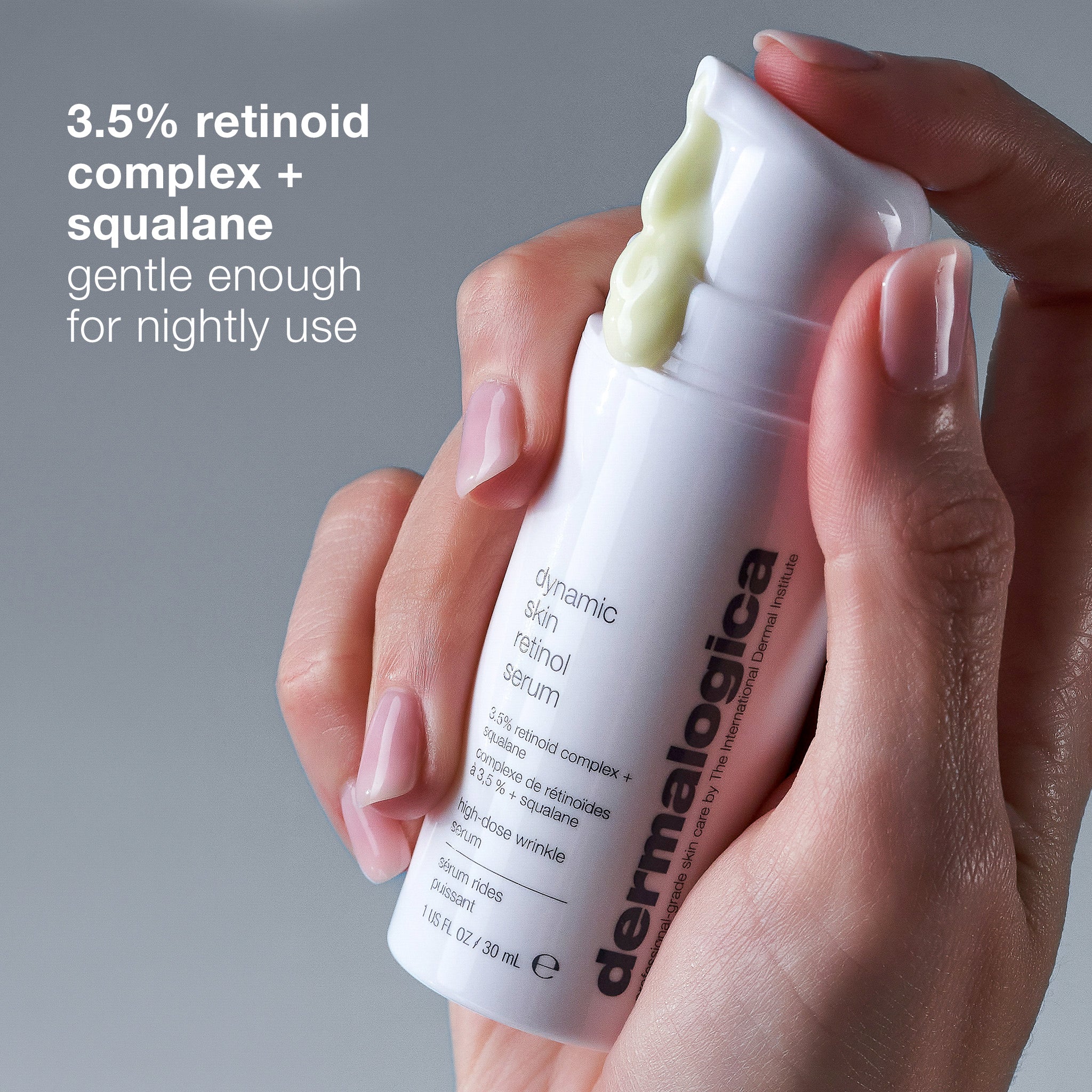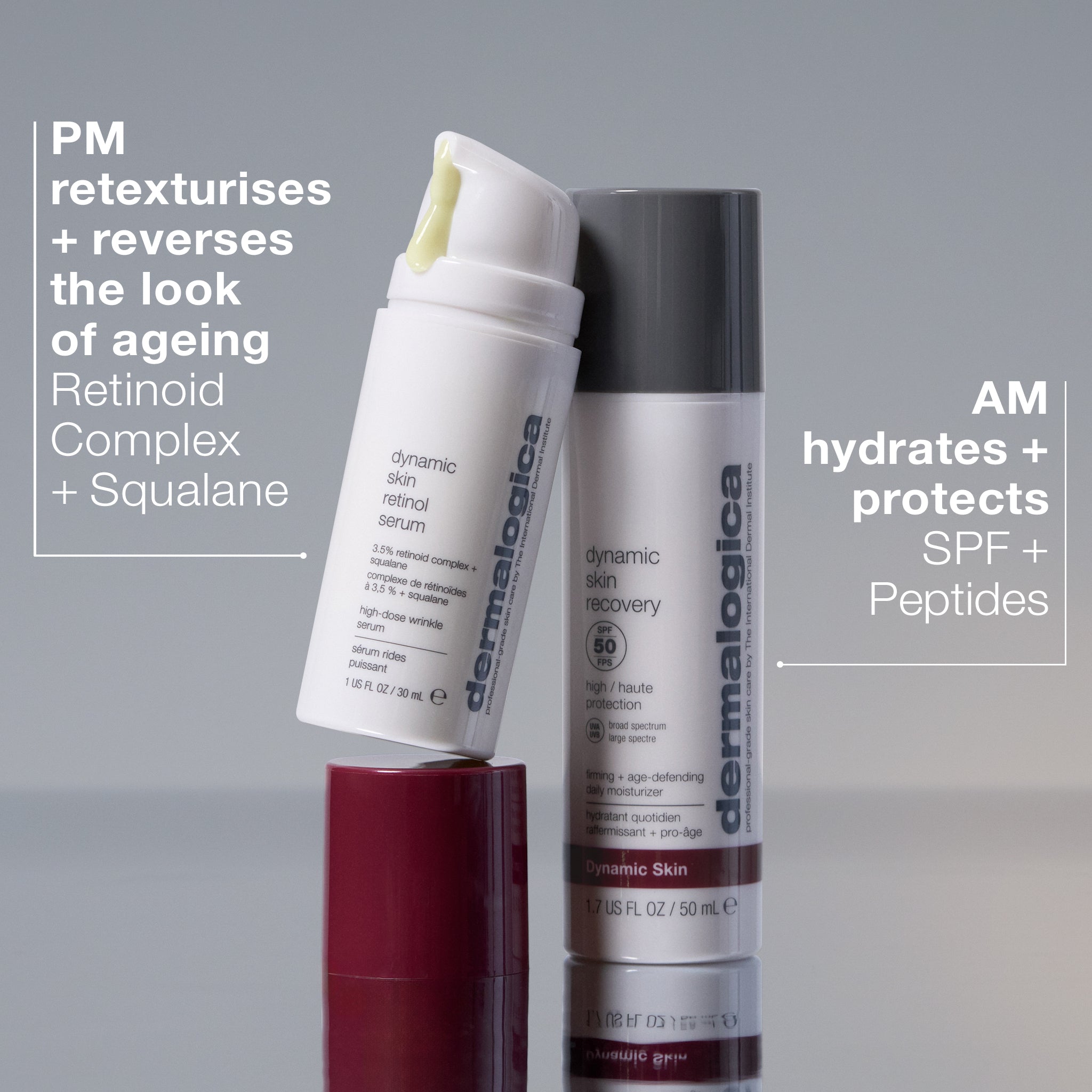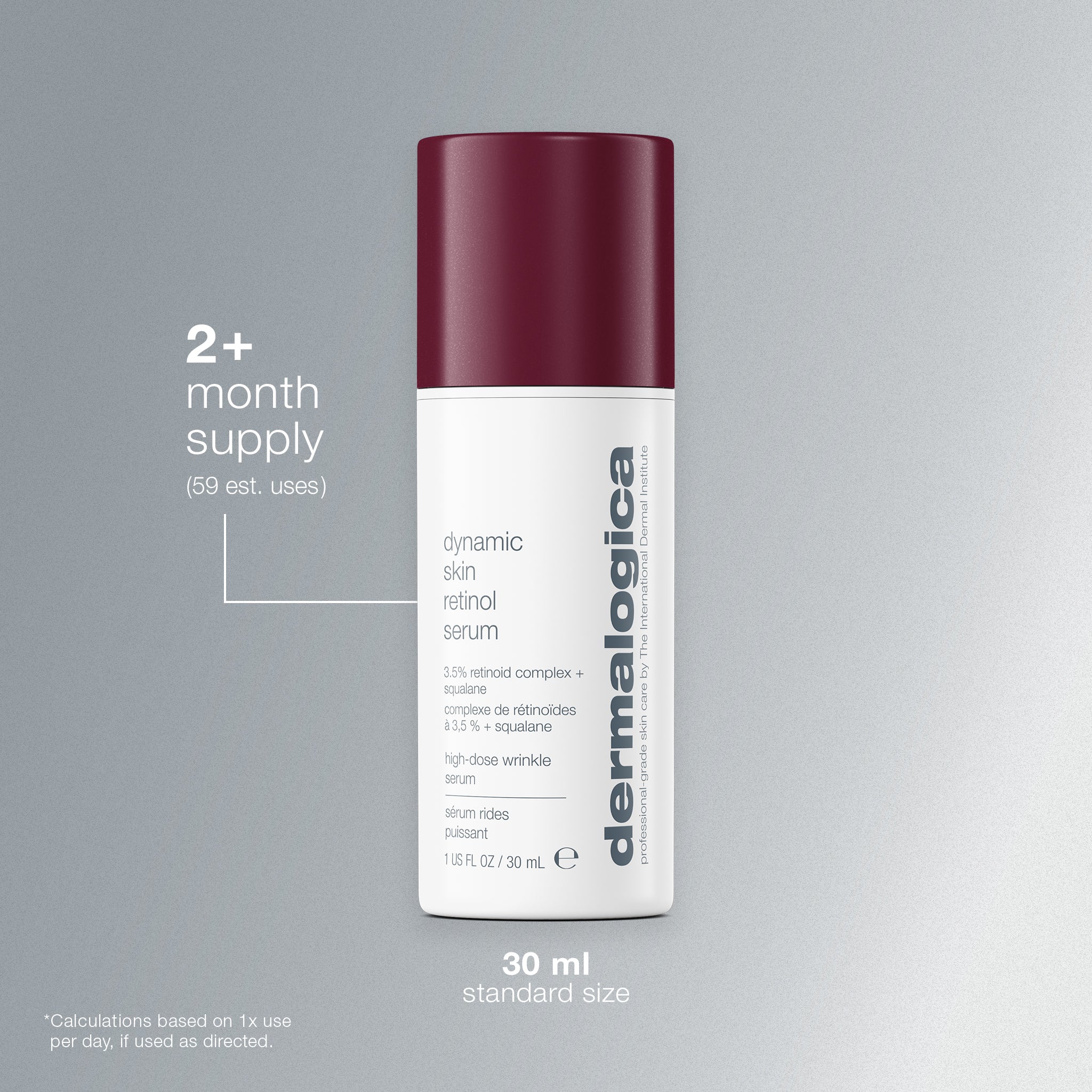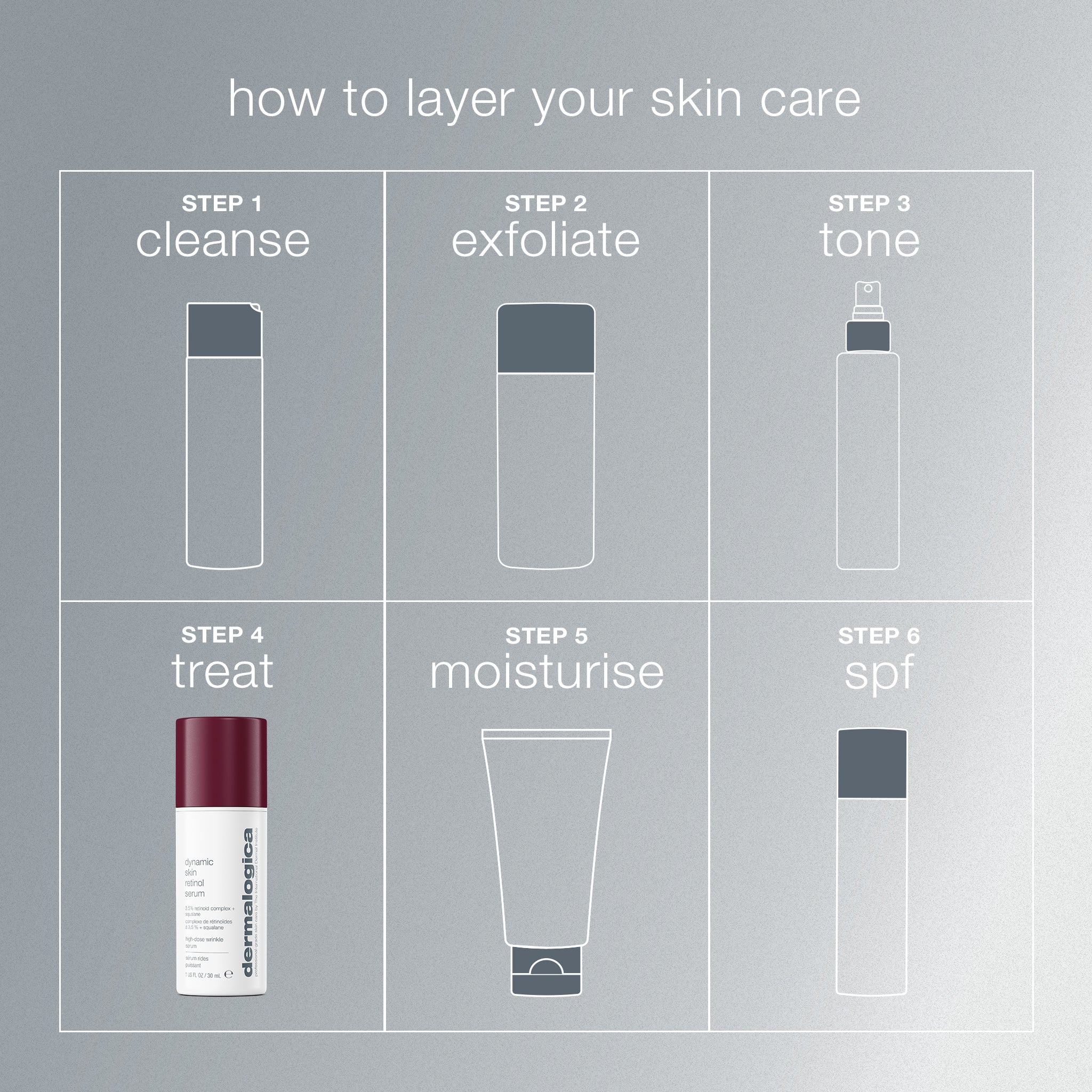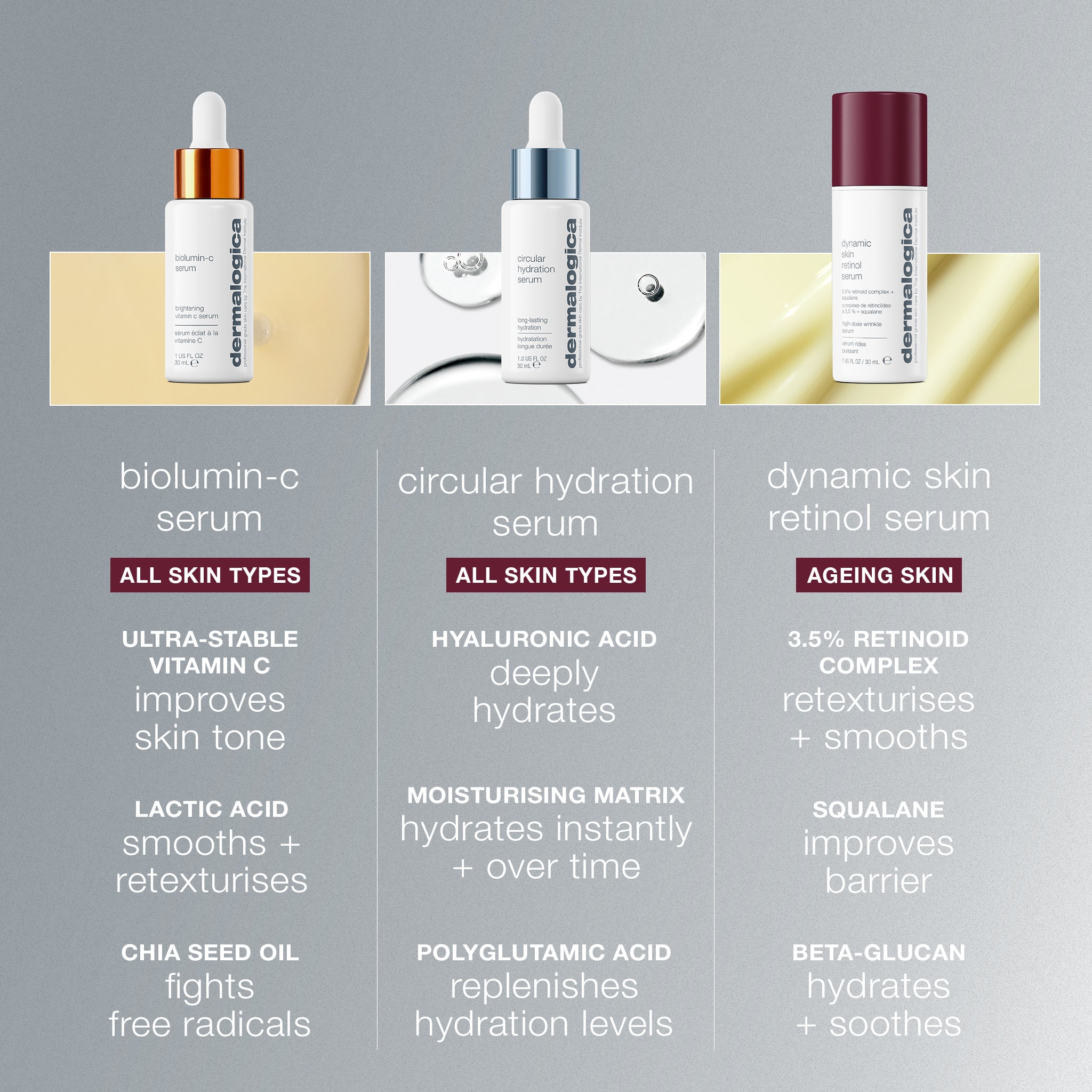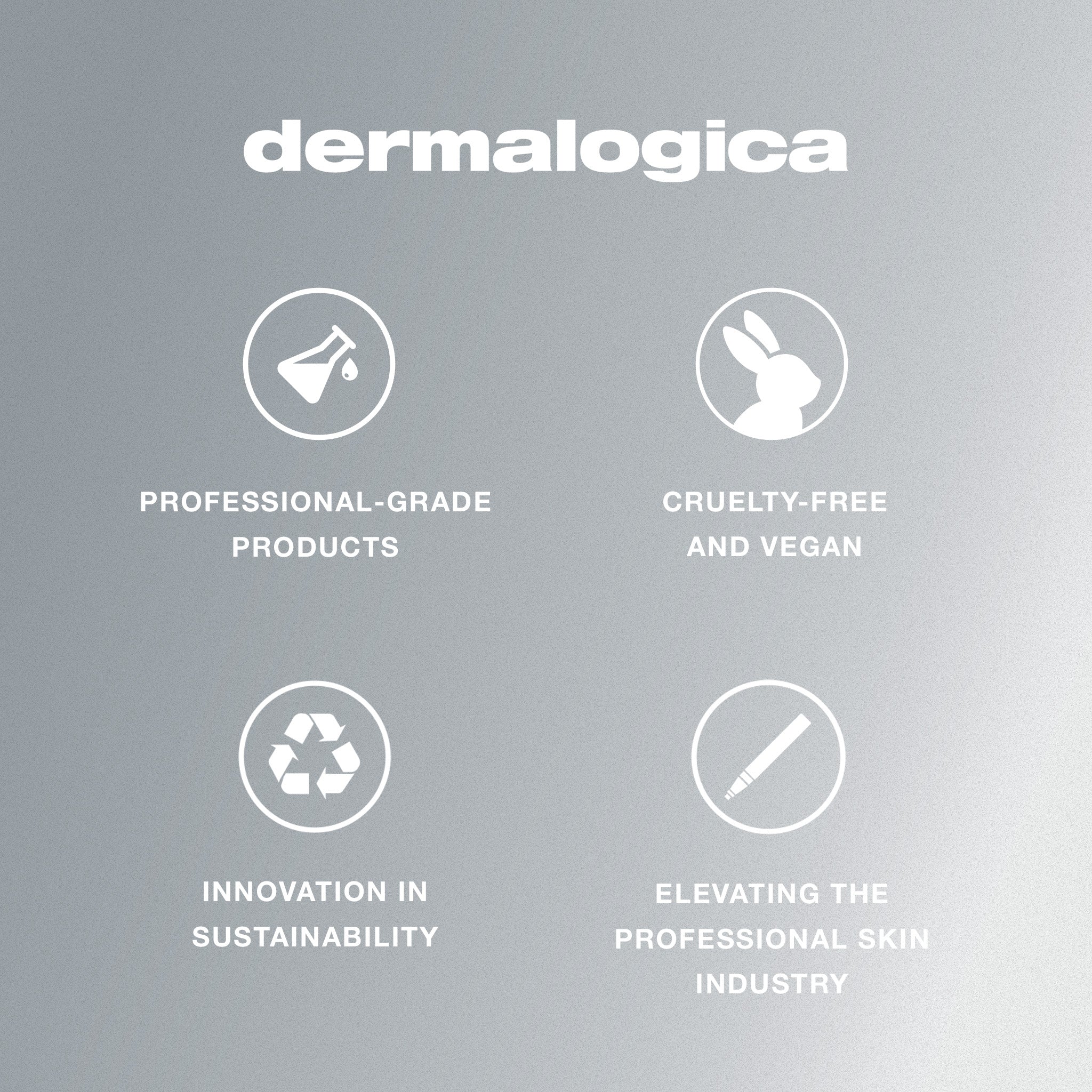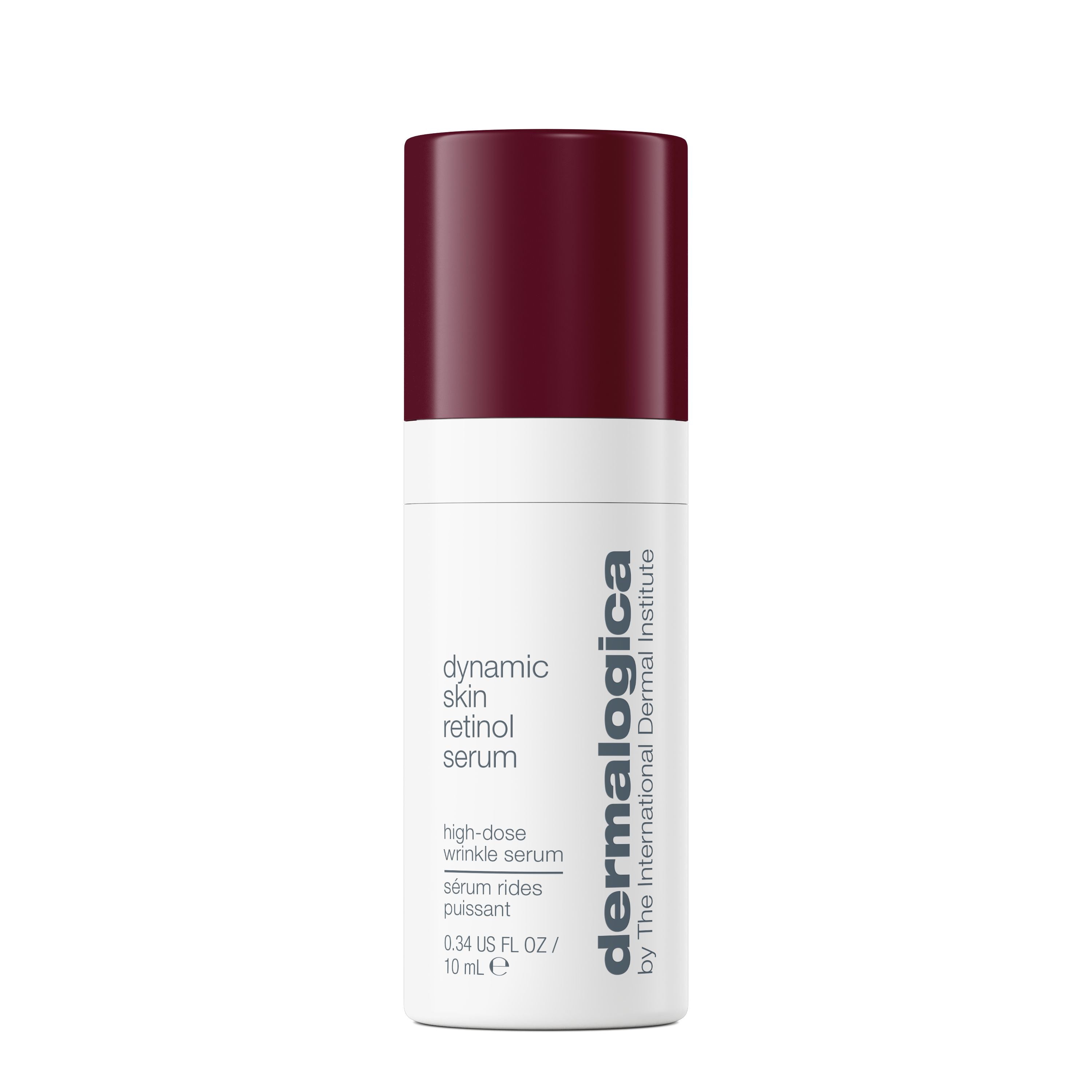retinol


When it comes to reversing the signs of ageing skin, retinol is hands down the industry’s gold standard ingredient of choice. Retinol is a form of Vitamin A that is clinically proven to reverse the signs of skin ageing by reducing the appearance of fine lines and wrinkles, smoothing skins texture, evening out the skin tone, and minimising the appearance of pores.
There are a few ingredients that can be used in retinol formulas and the collective name for these Vitamin A derivatives is ‘retinoids’. Retinoids encourage skin cell turnover and renewal and help boost collagen production in the skin. This gives skin a smoother, more even-toned appearance. Skin texture and pore appearance is refined, and skin becomes clear with increased clarity.
Retinol is the most commonly referred to retinoid, but formulas range from relatively gentle over-the-counter products to potent prescription treatments so it can be confusing to know which one to choose for your skin.
Retinoids vary in strength and thus results can vary. As a rule, the more potent the retinoid the more potential for skin irritation.
Retinoic Acid is the strongest form and drives the positive changes we see in the skin; however, this is only available on prescription and is highly irritating. What’s important to note, is the weaker derivatives when applied to the skin, convert to retinoic acid and deliver the same benefits over a longer period of time.
Retinaldehyde (Retinal) is the closest type to Retinoic Acid and is usually formulated in very small amounts as it has a high potential for skin irritation.
Retinol is highly effective and is slowly converted into retinoic acid by the skin. This means there is less skin irritation than with retinal and retinoic acid. Retinol will feature at different percentages in products from around 0.2% to 3%. The higher the percentage the stronger the formula. It’s advisable to work your way up to more potent formulas to avoid irritation and negative side effects. You can find this in Dynamic Skin Retinol Serum which features a 3.5% retinoid complex.
Encapsulated Retinol is a technology to help stabilize the retinol to ensure maximum potency. Encapsulated retinol also delivers the active in a time released fashion ensuring maximum delivery and minimal irritation. You can find this technology in Age Reversal Eye Complex and Dynamic Skin Retinol Serum.
Retinyl Esters (such as retinyl palmitate) are on the weaker end of the retinoid spectrum and are typically very well tolerated but do take longer to see results. You can find this in Retinol Clearing Oil which combines a gentle retinoid with Salicylic Acid to deliver clearer skin whilst targeting signs of ageing.
Granactive Retinol (HPR) is a new-generation retinoid which acts directly in the skin and does not go through the conversion steps. This sits between Retinol and Retinal in terms of strength but is very well tolerated. This features as part of the 3.5% retinoid complex in Dynamic Skin Retinol Serum.
Regardless of which formula you use, it’s important to note that enzymes in the skin convert all retinoids into retinoic acid. The more closely related a retinoid is to retinoic acid, the more quickly your skin will utilise it. At Dermalogica we formulate with either retinyl esters, retinol or granactive retinoid to reduce the risk of skin irritation and maintain optimum skin health.
